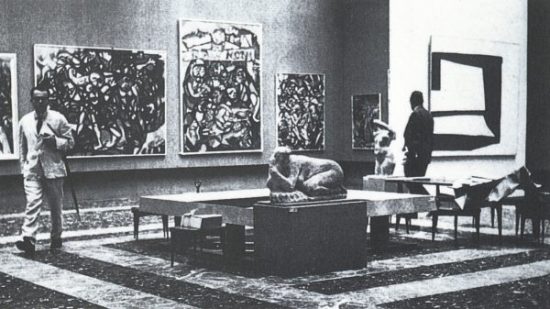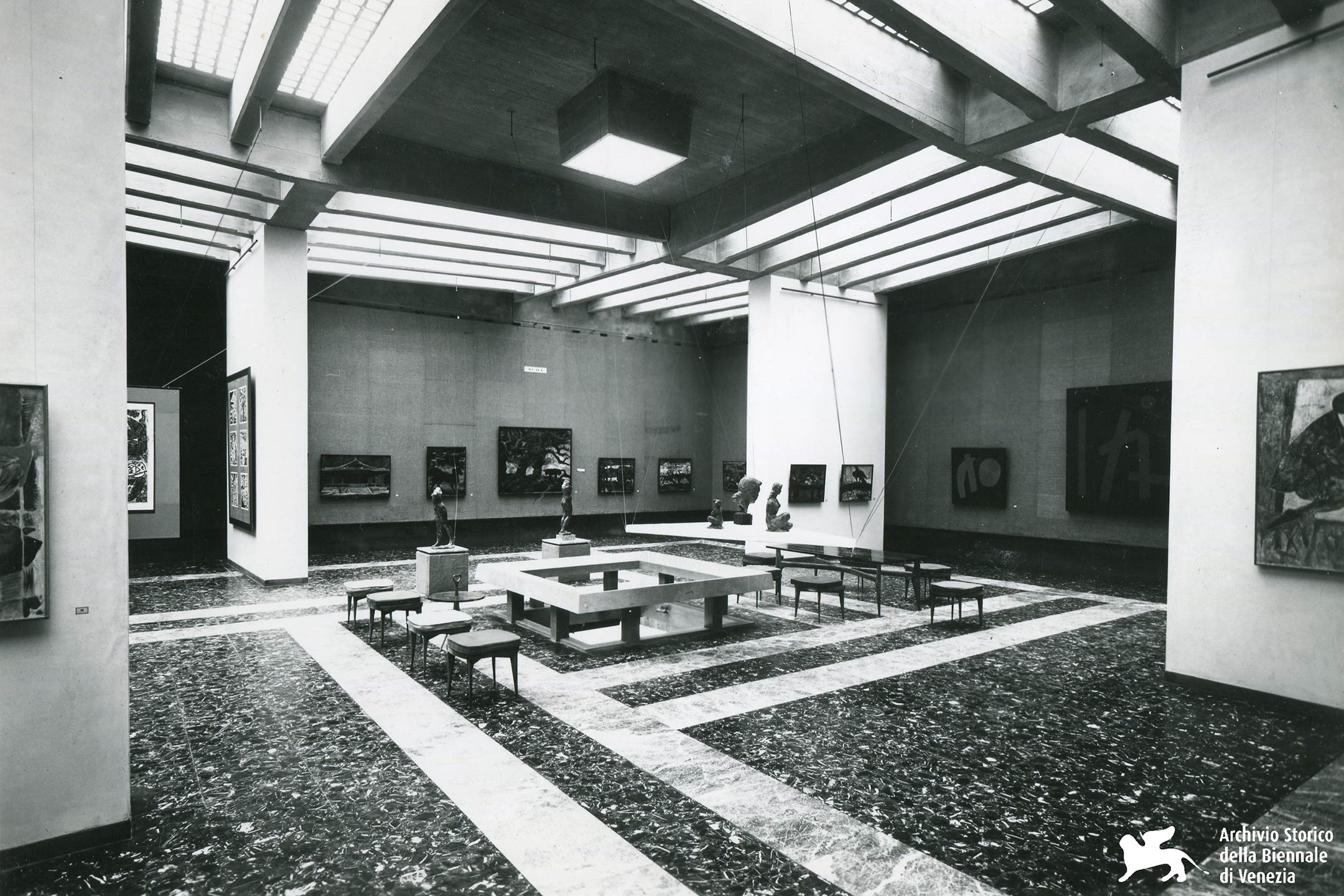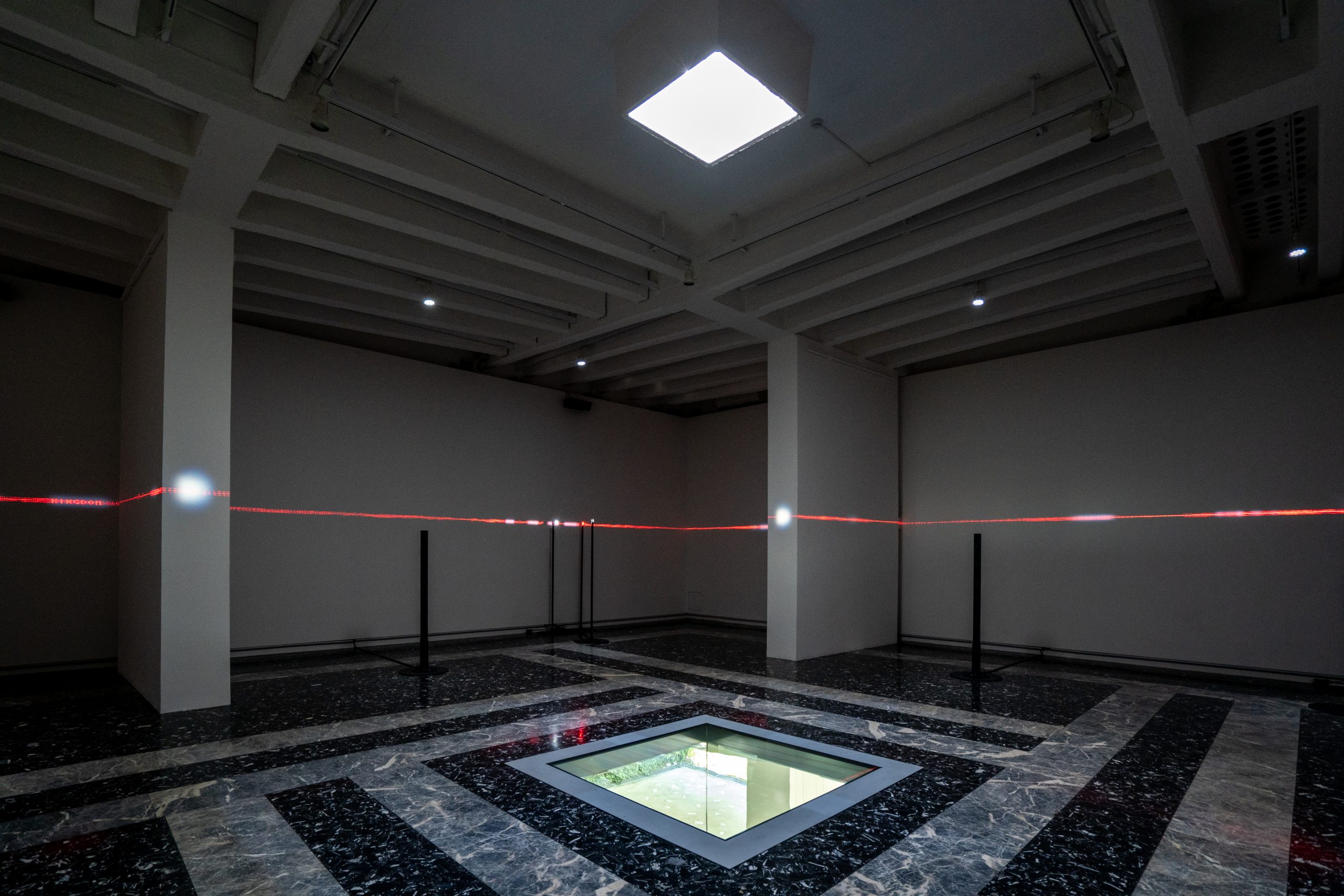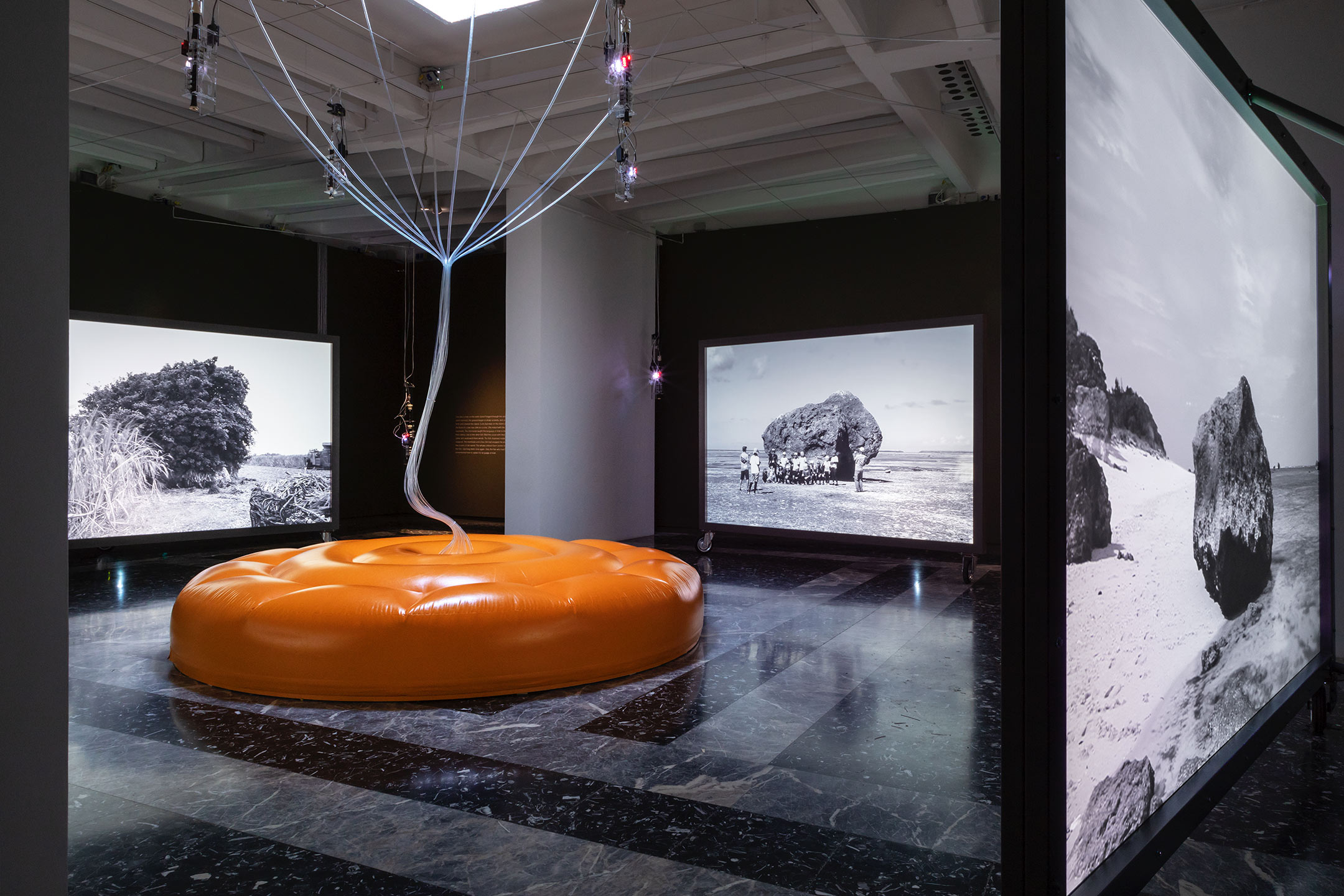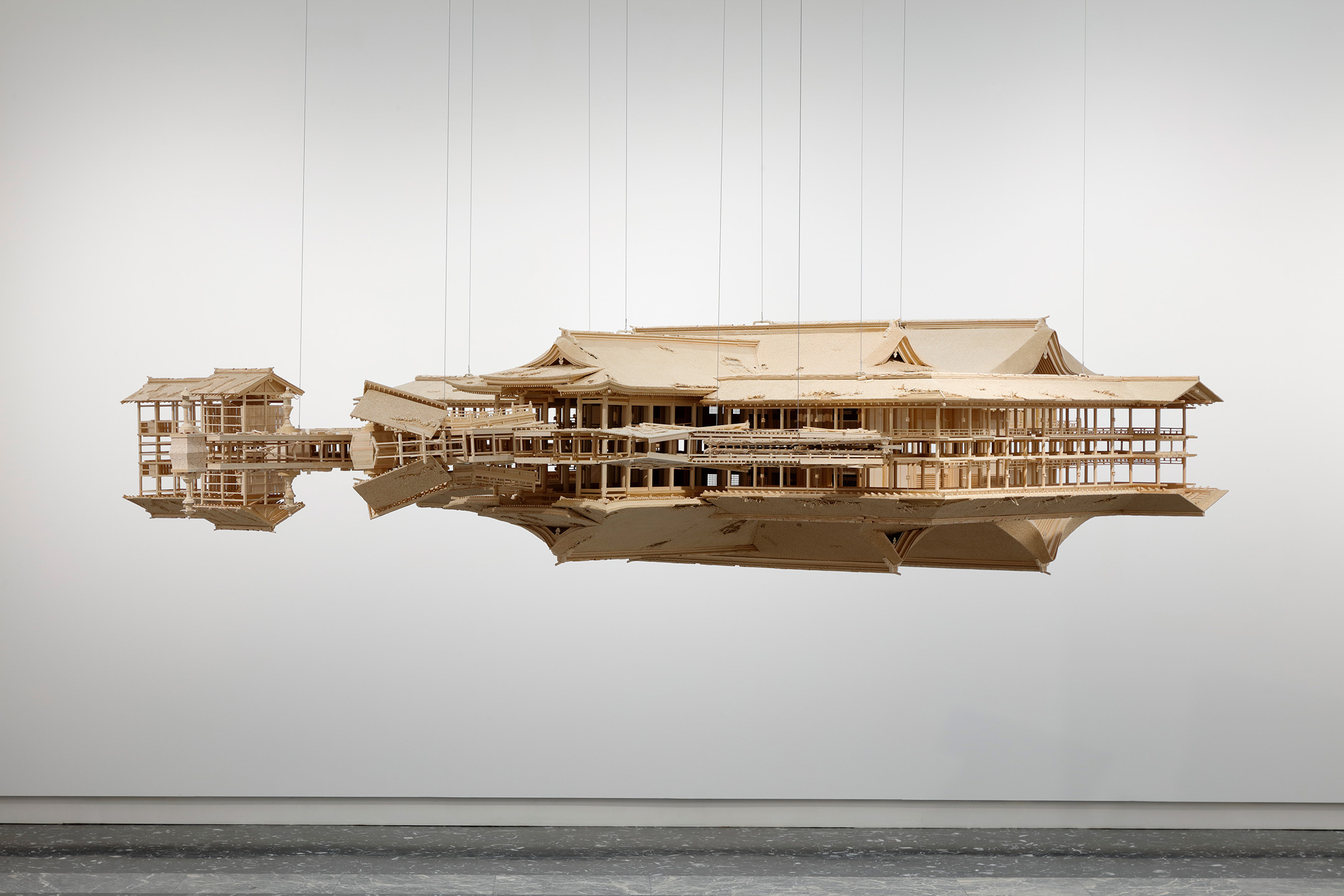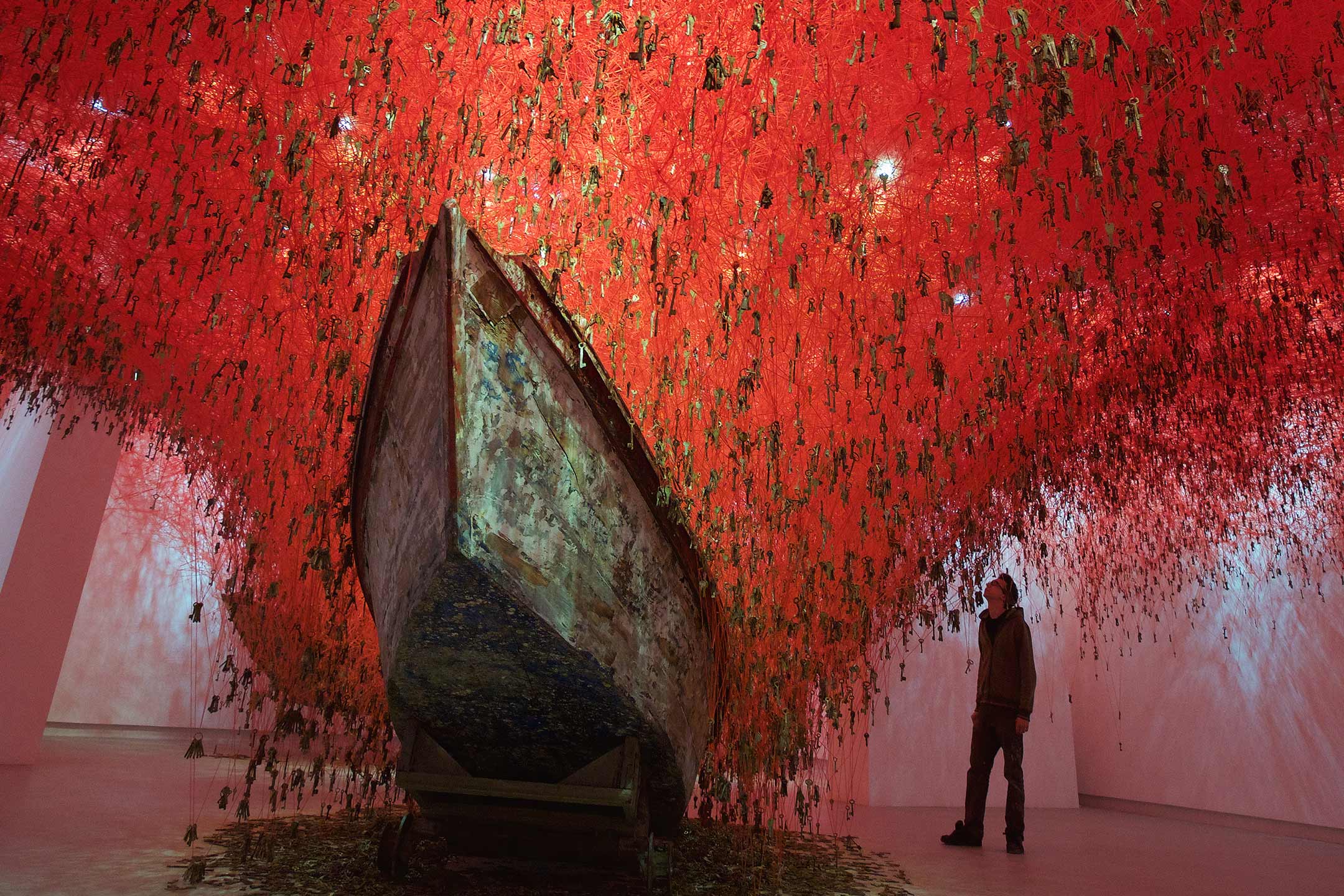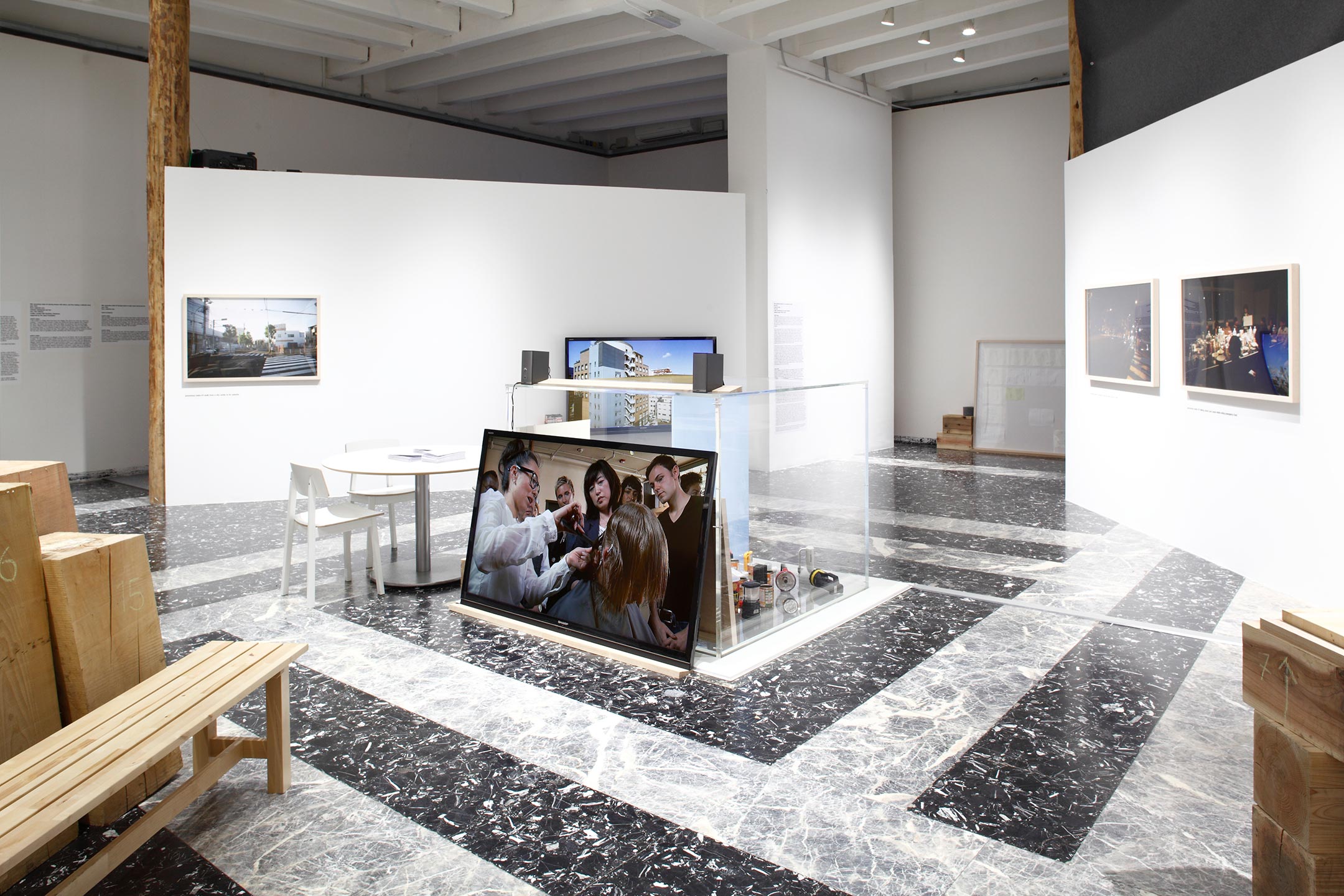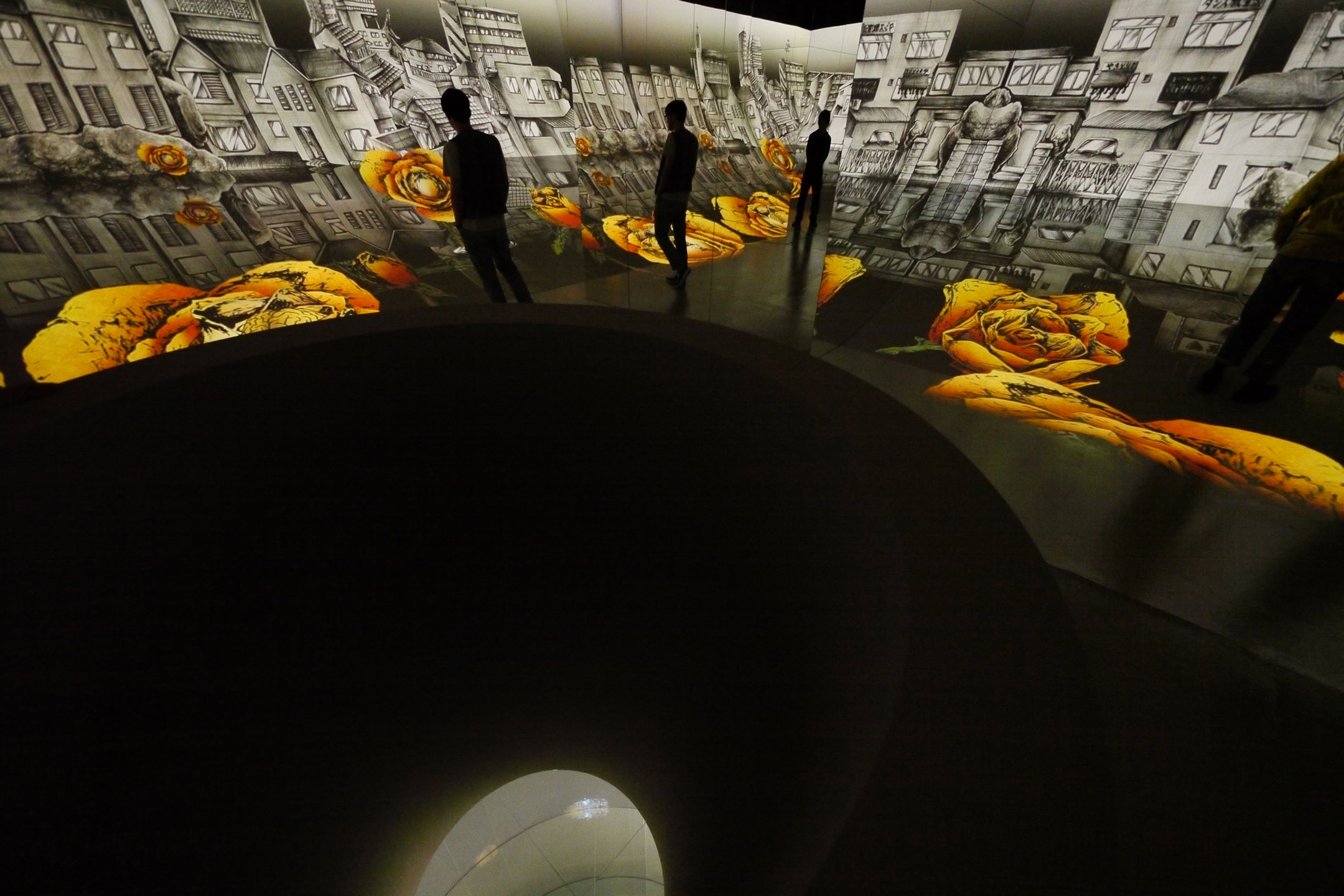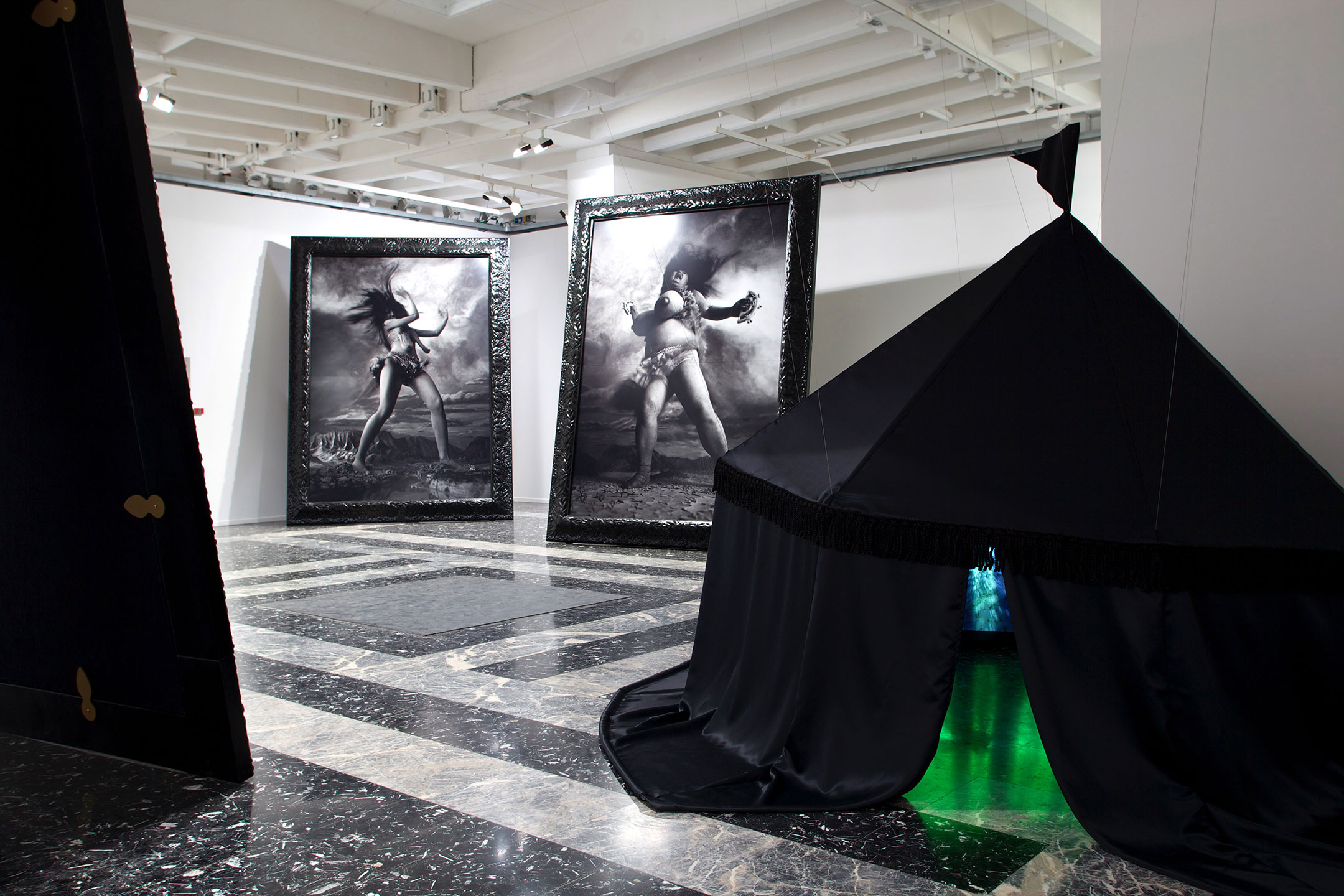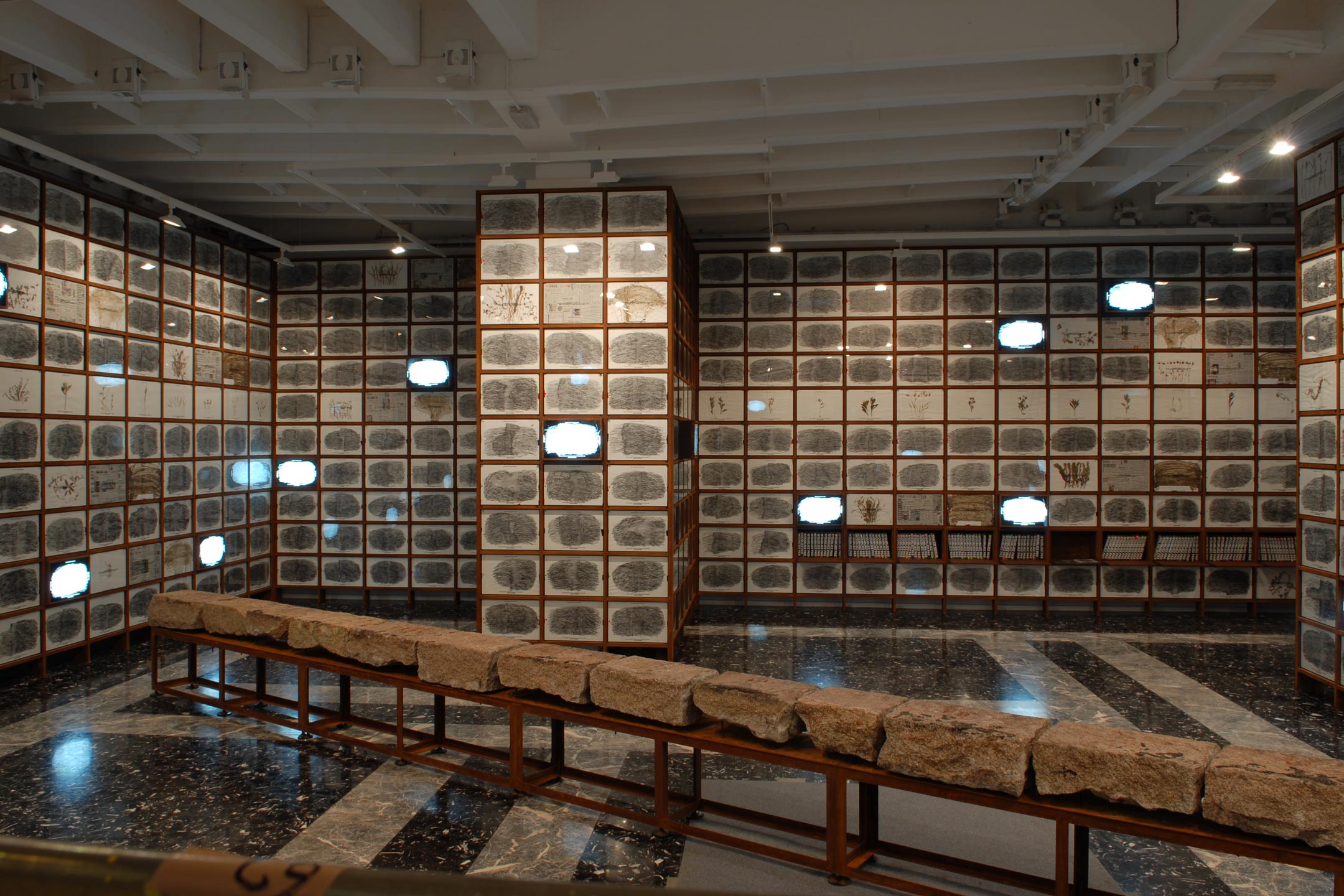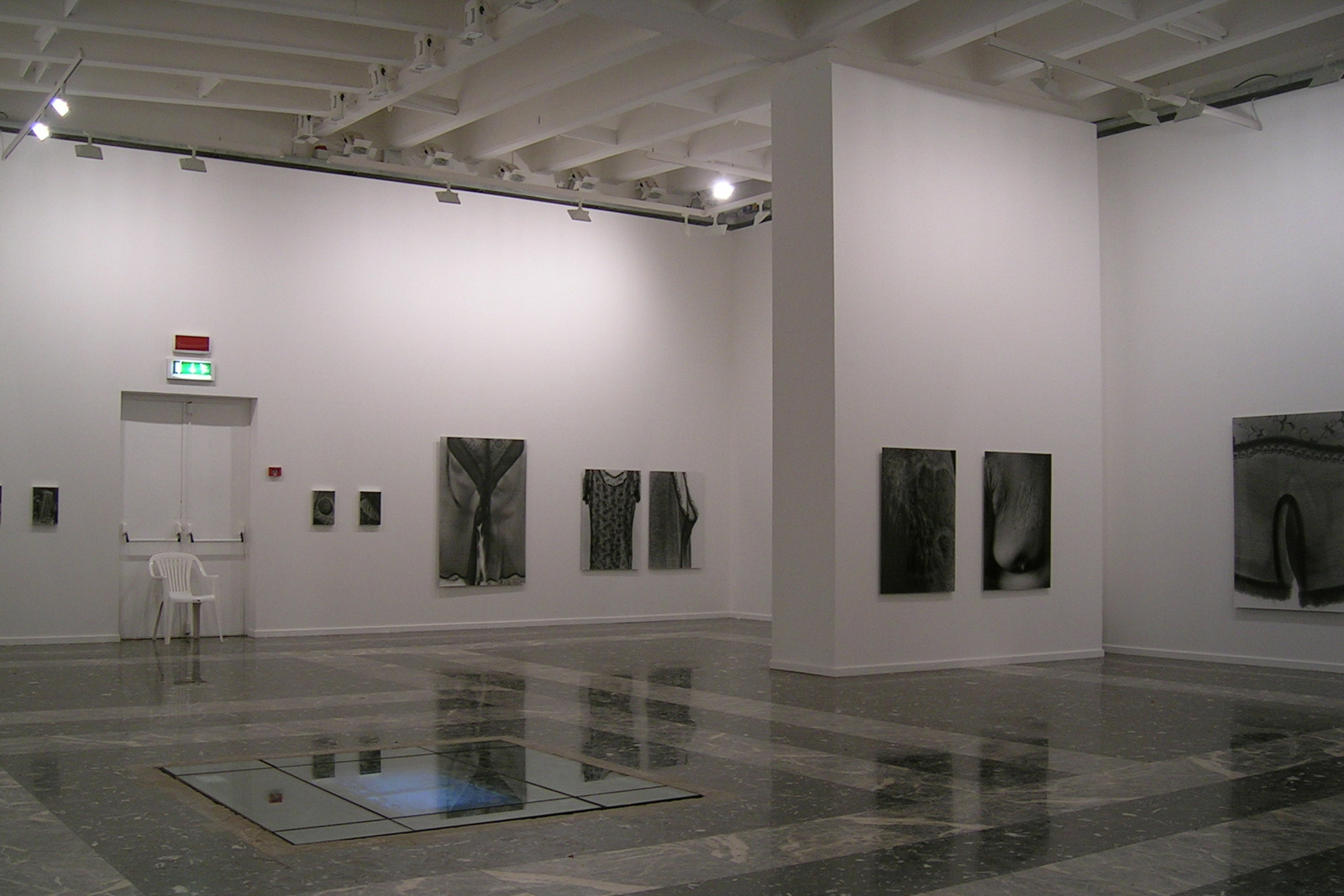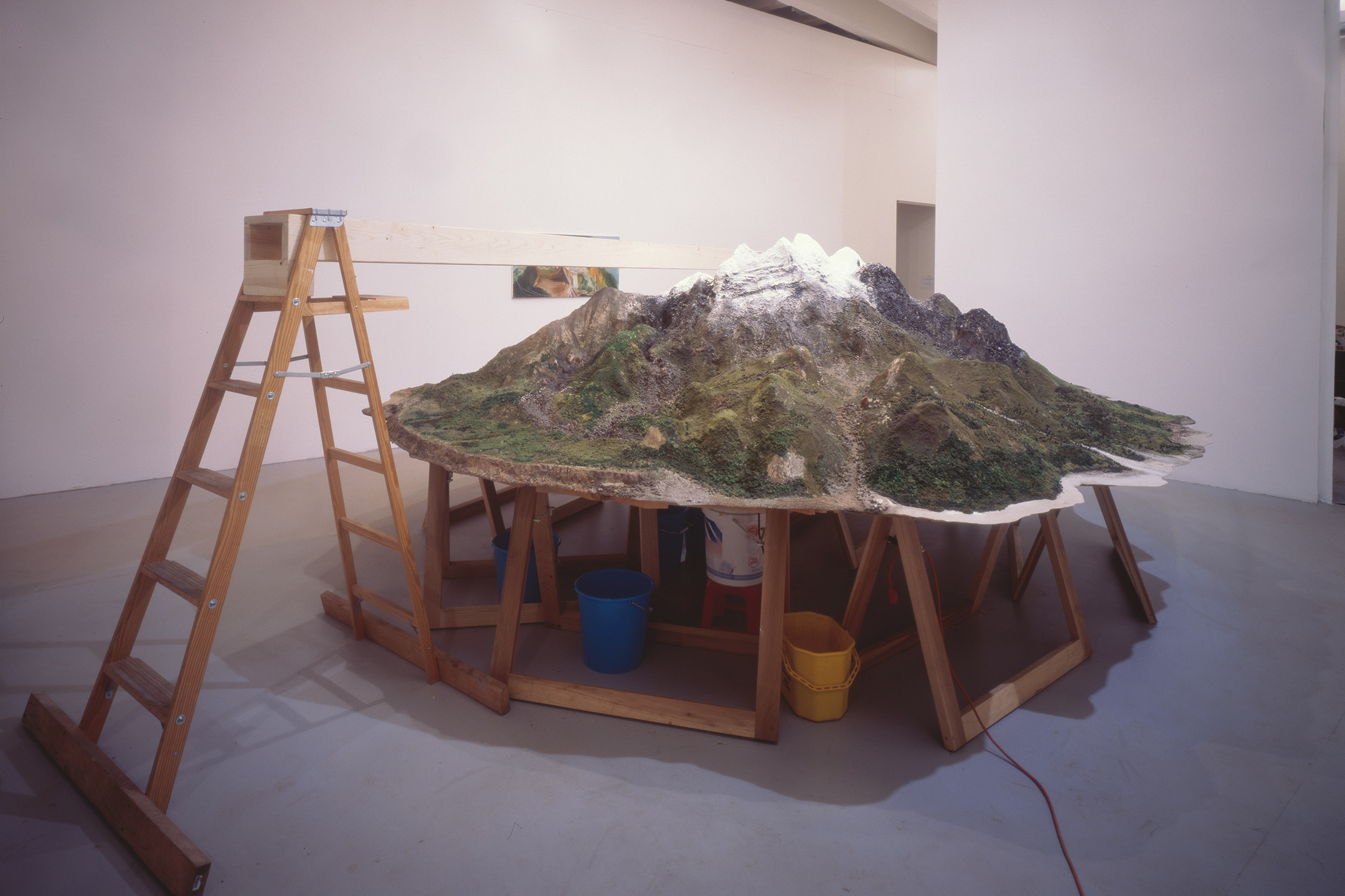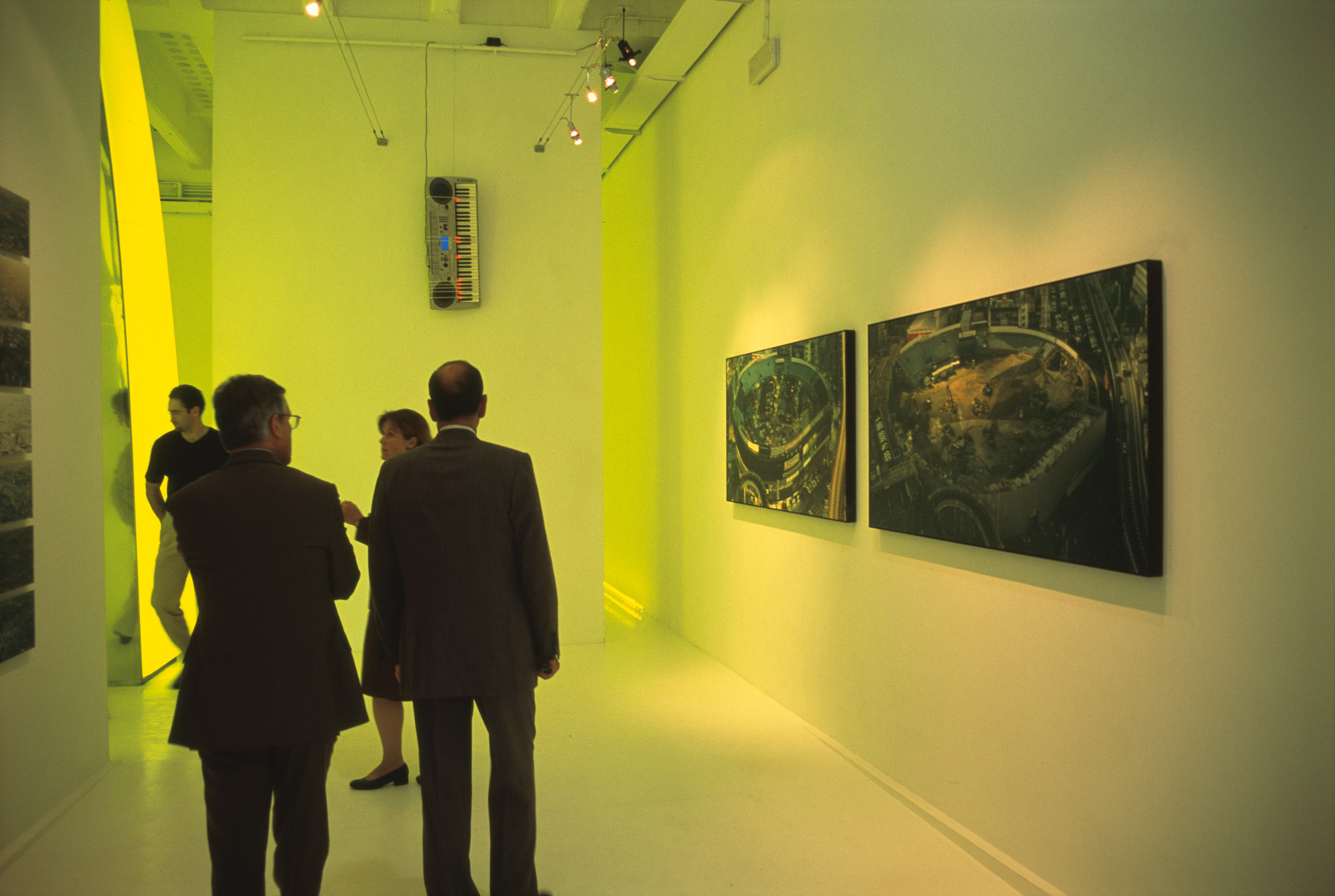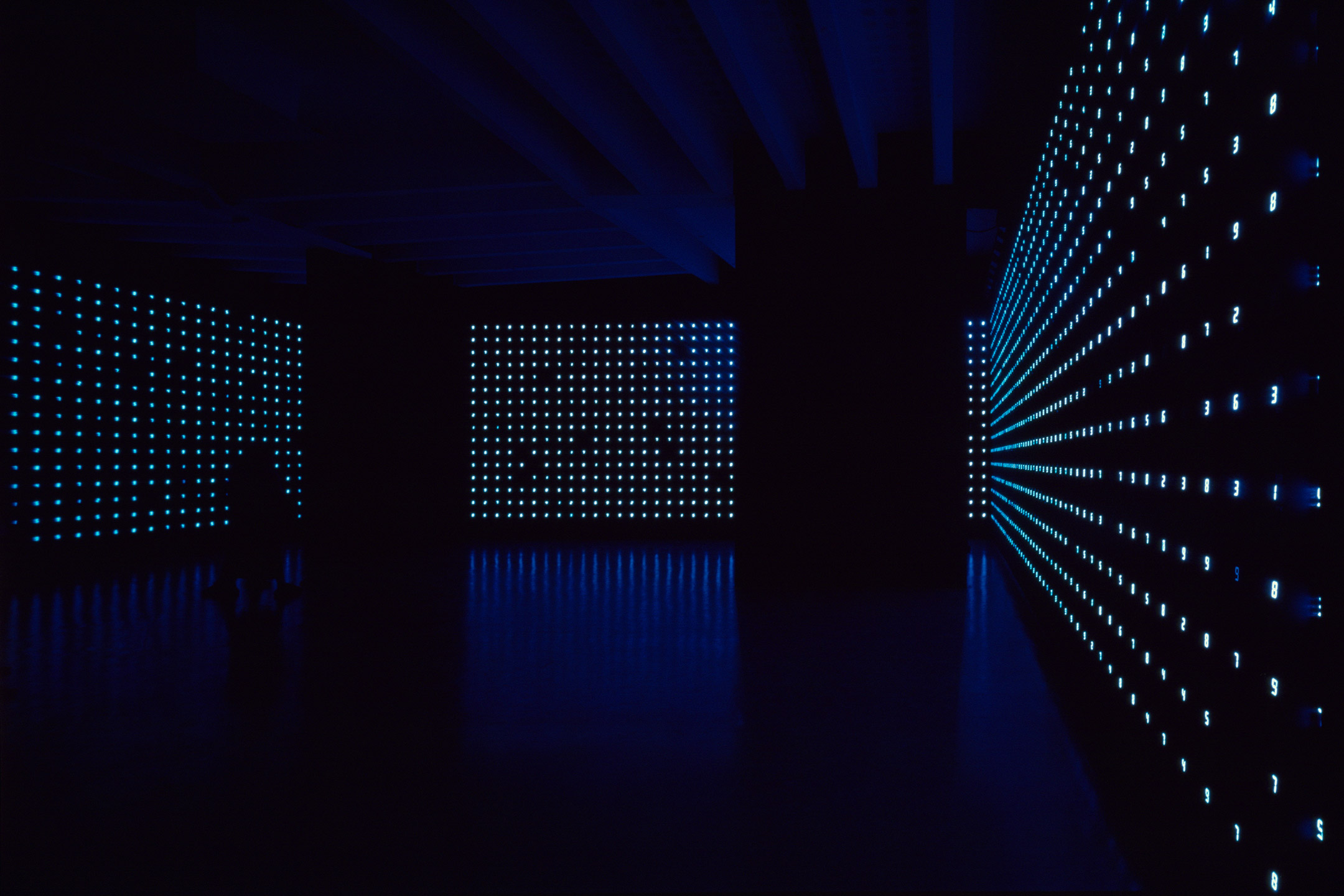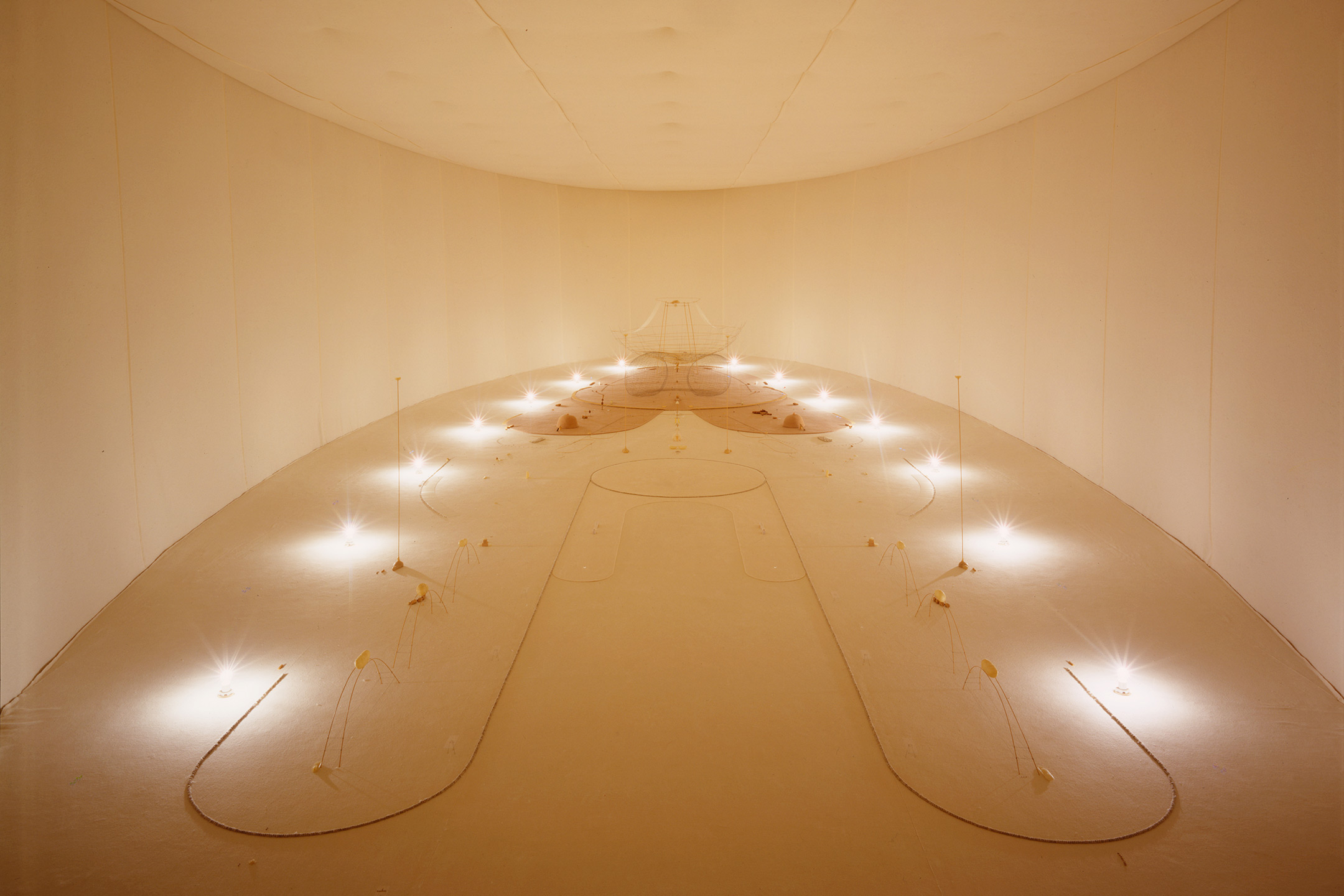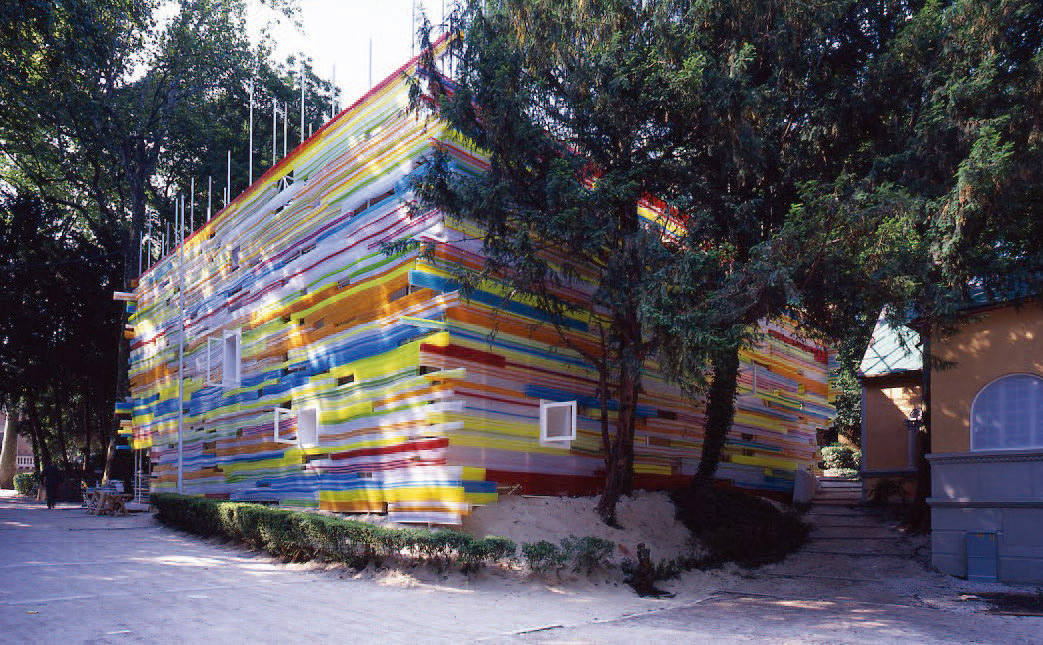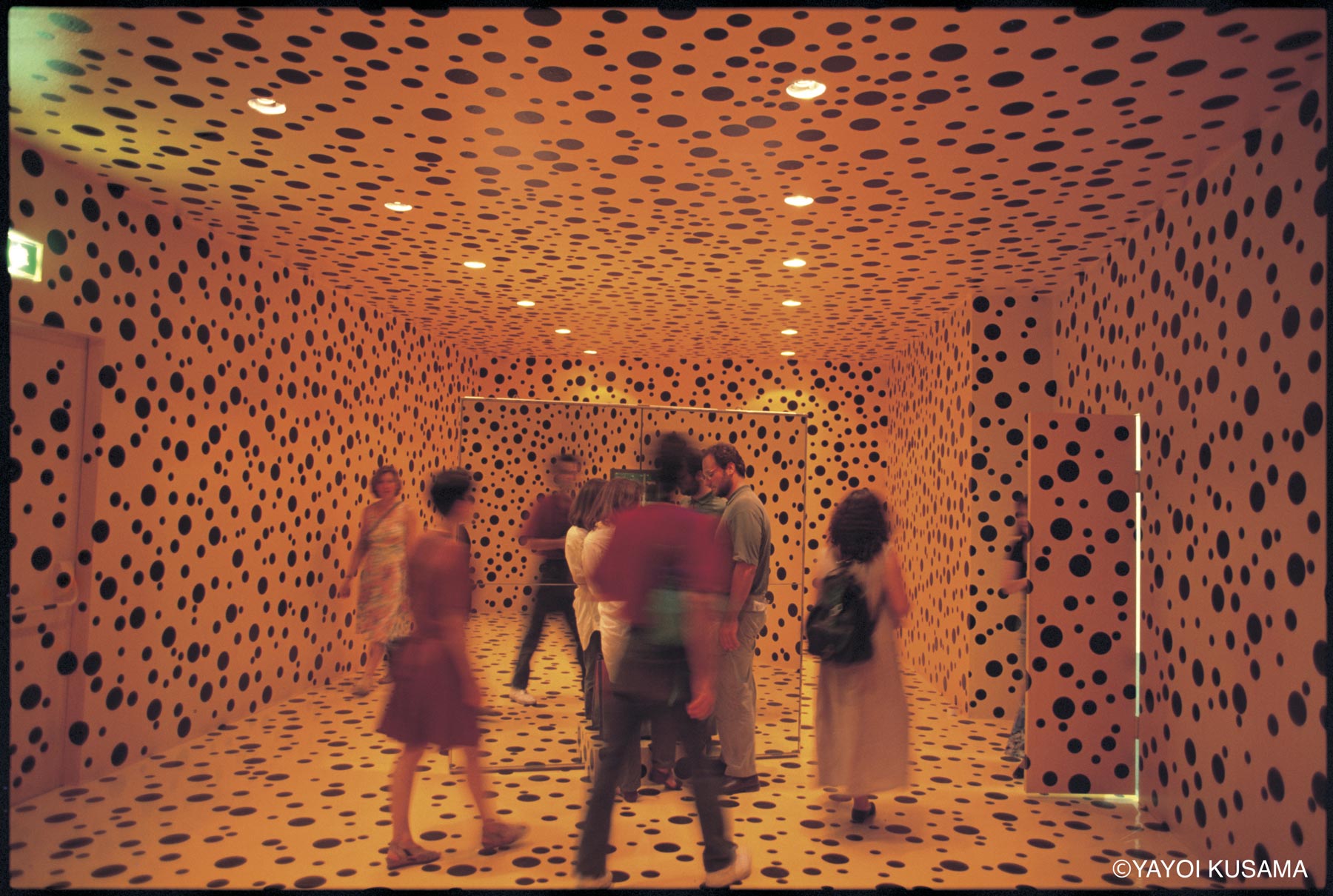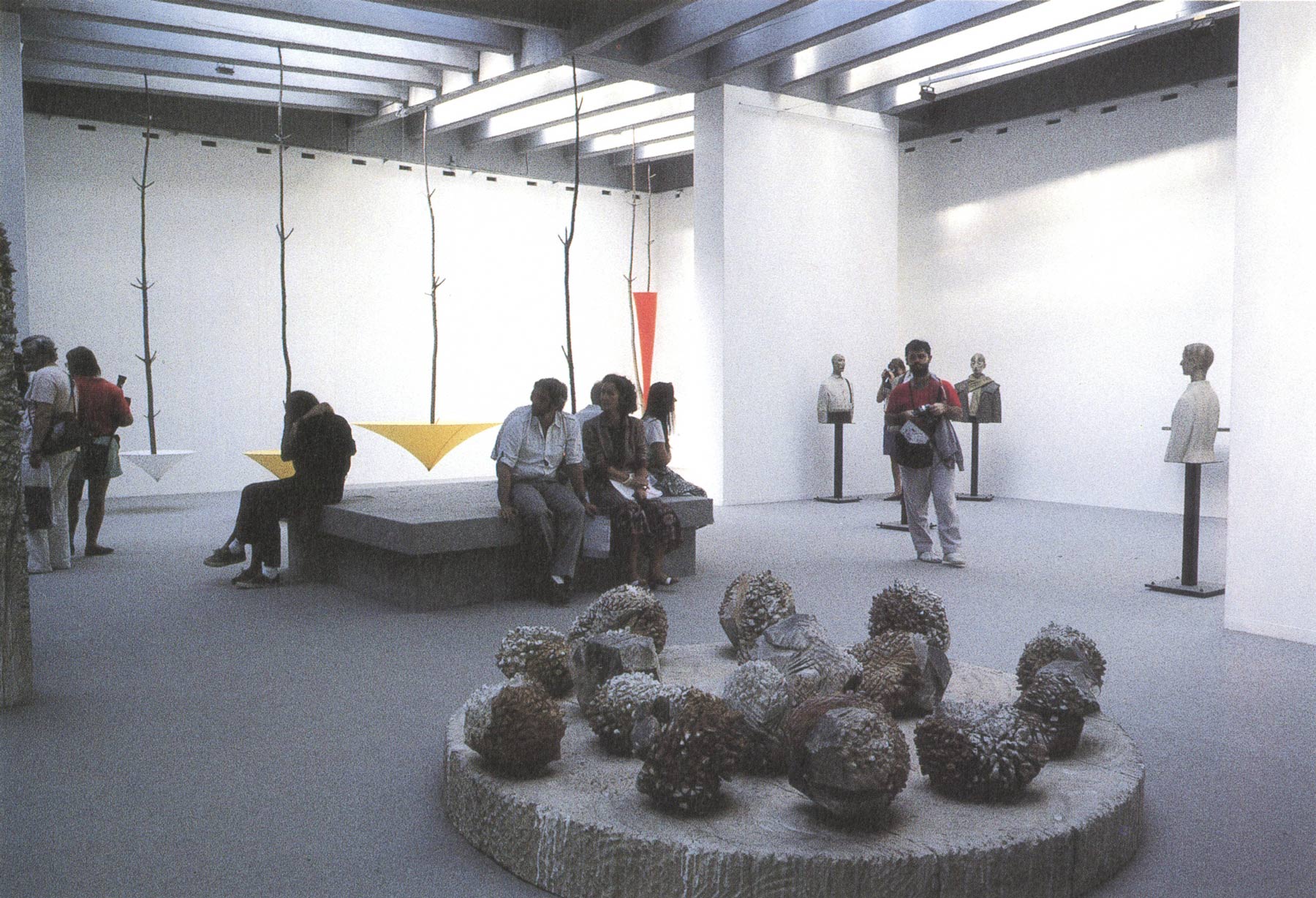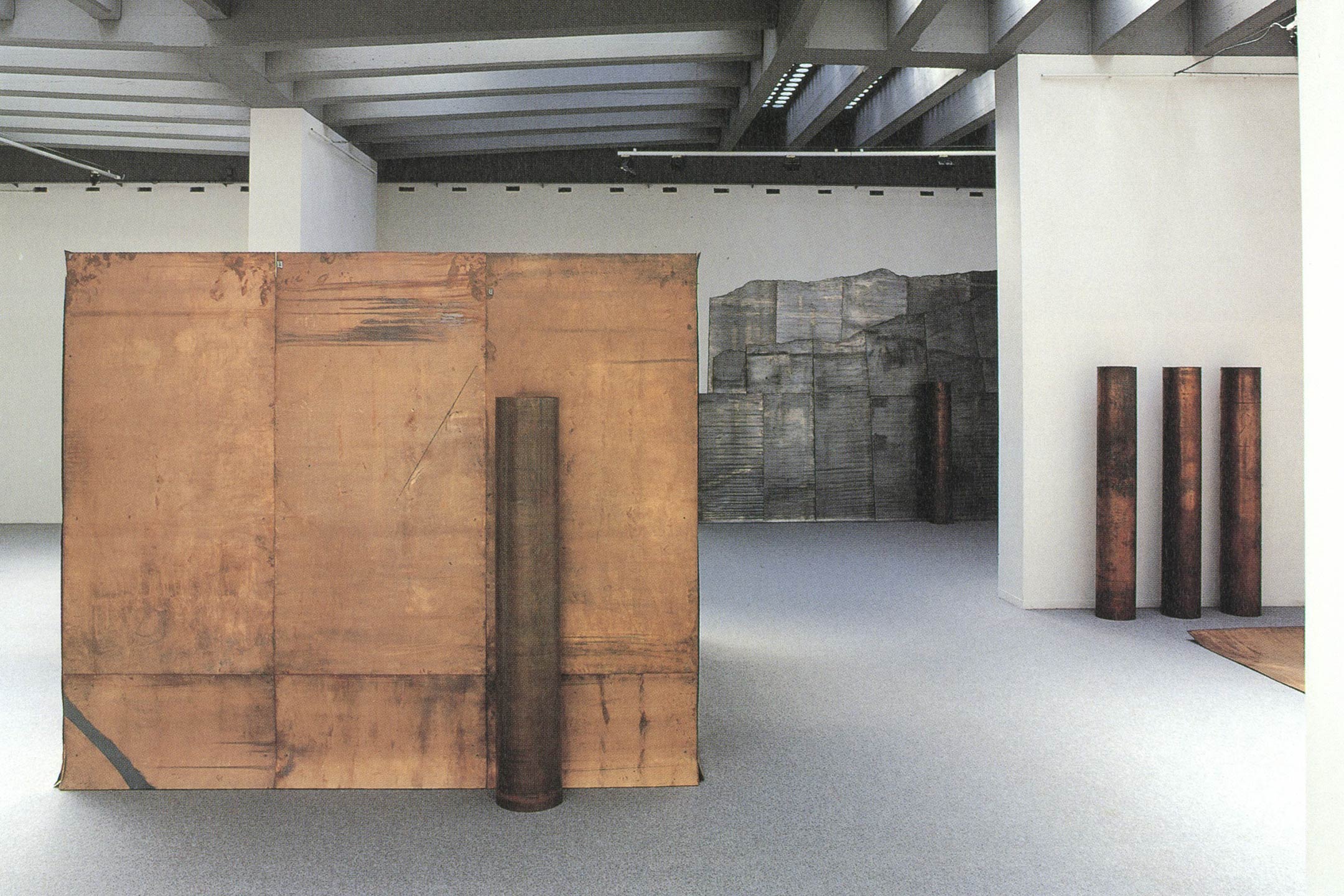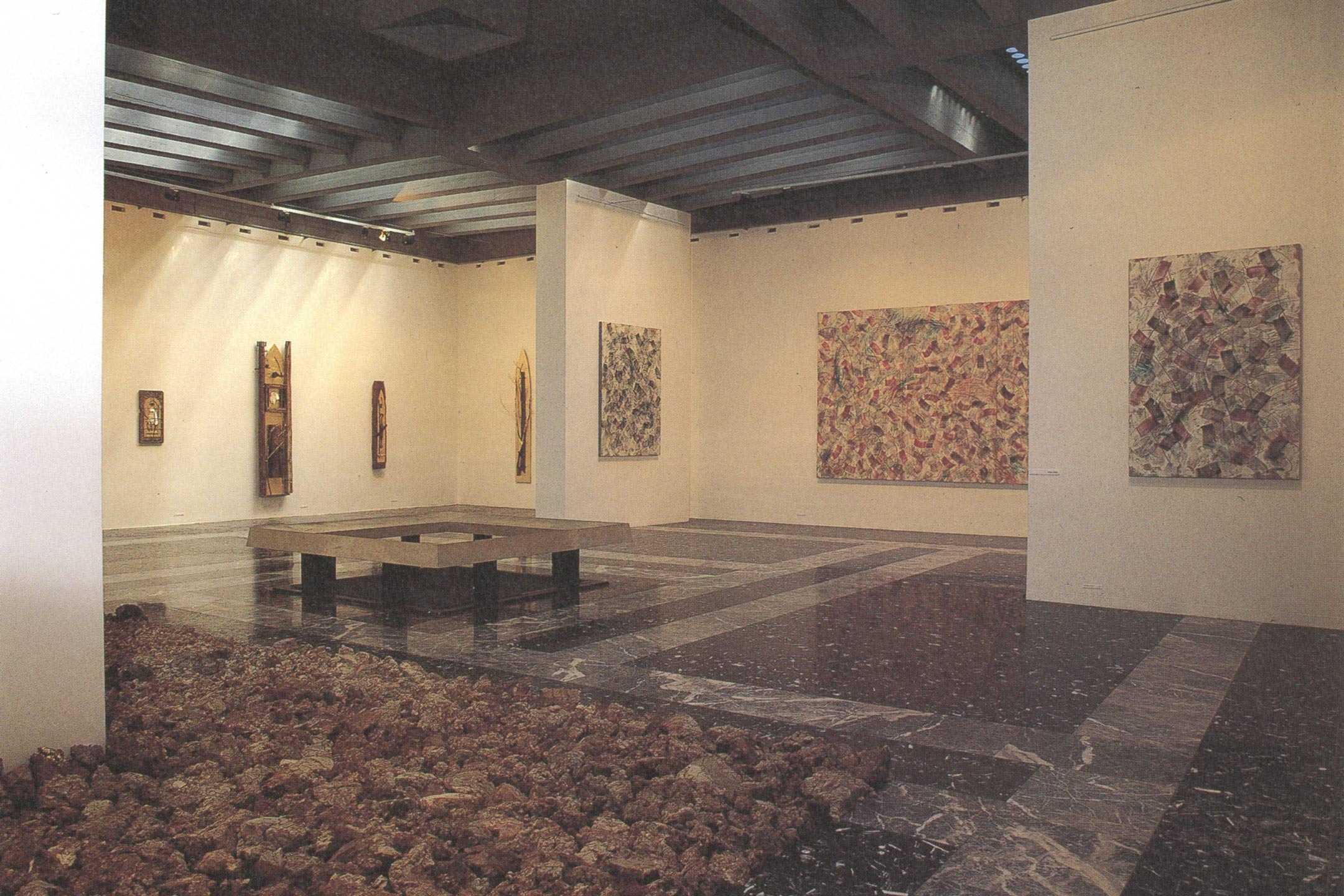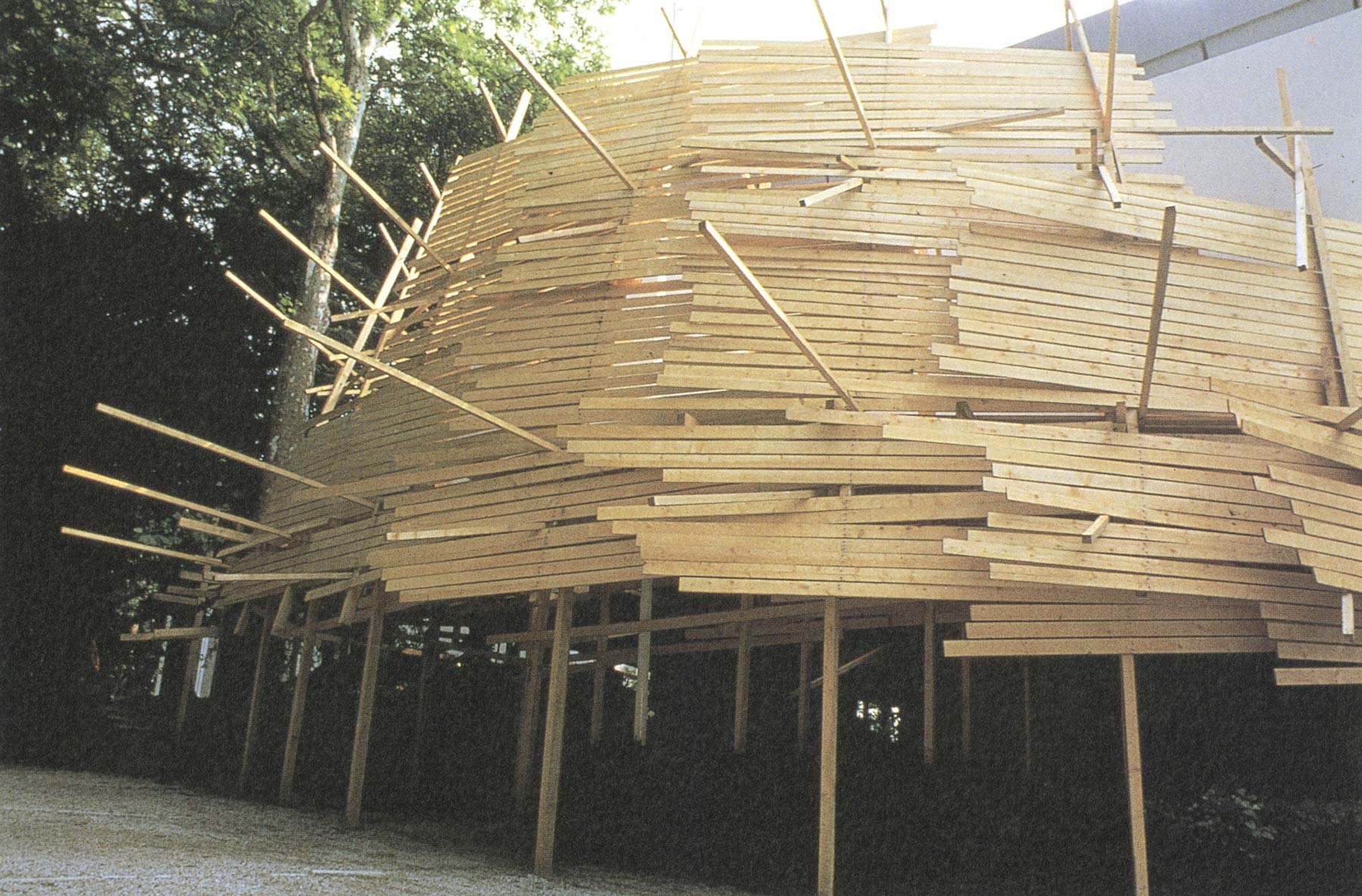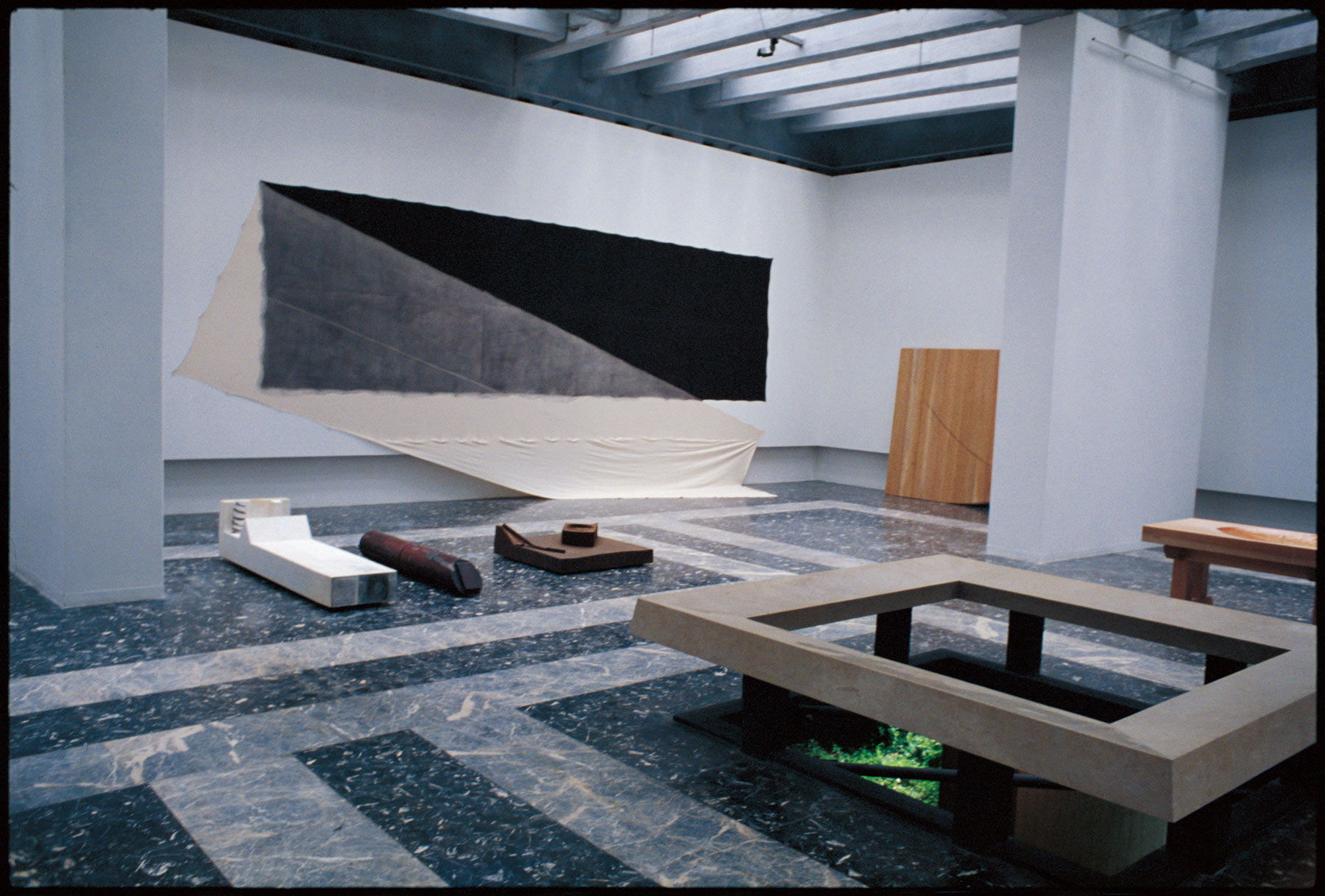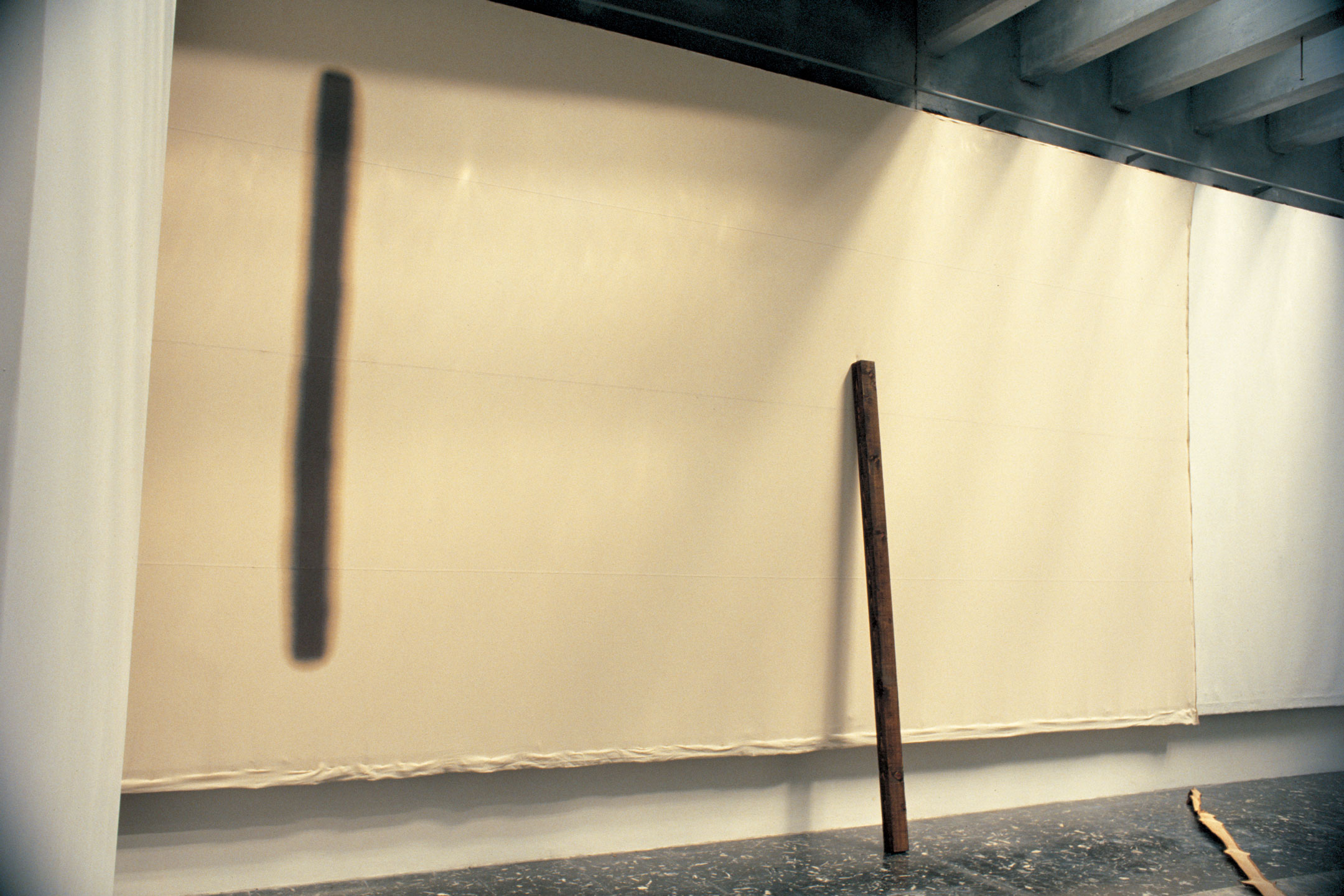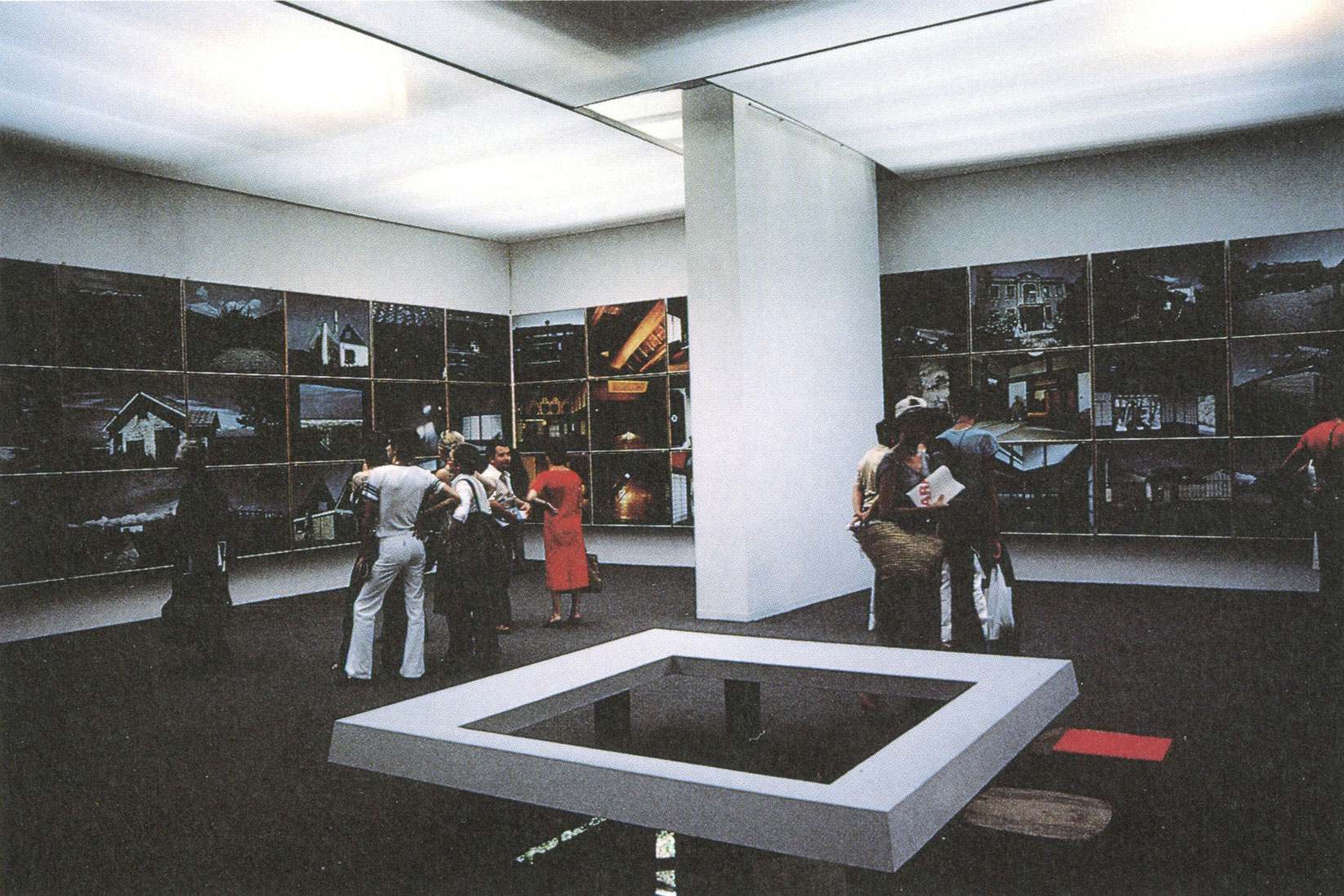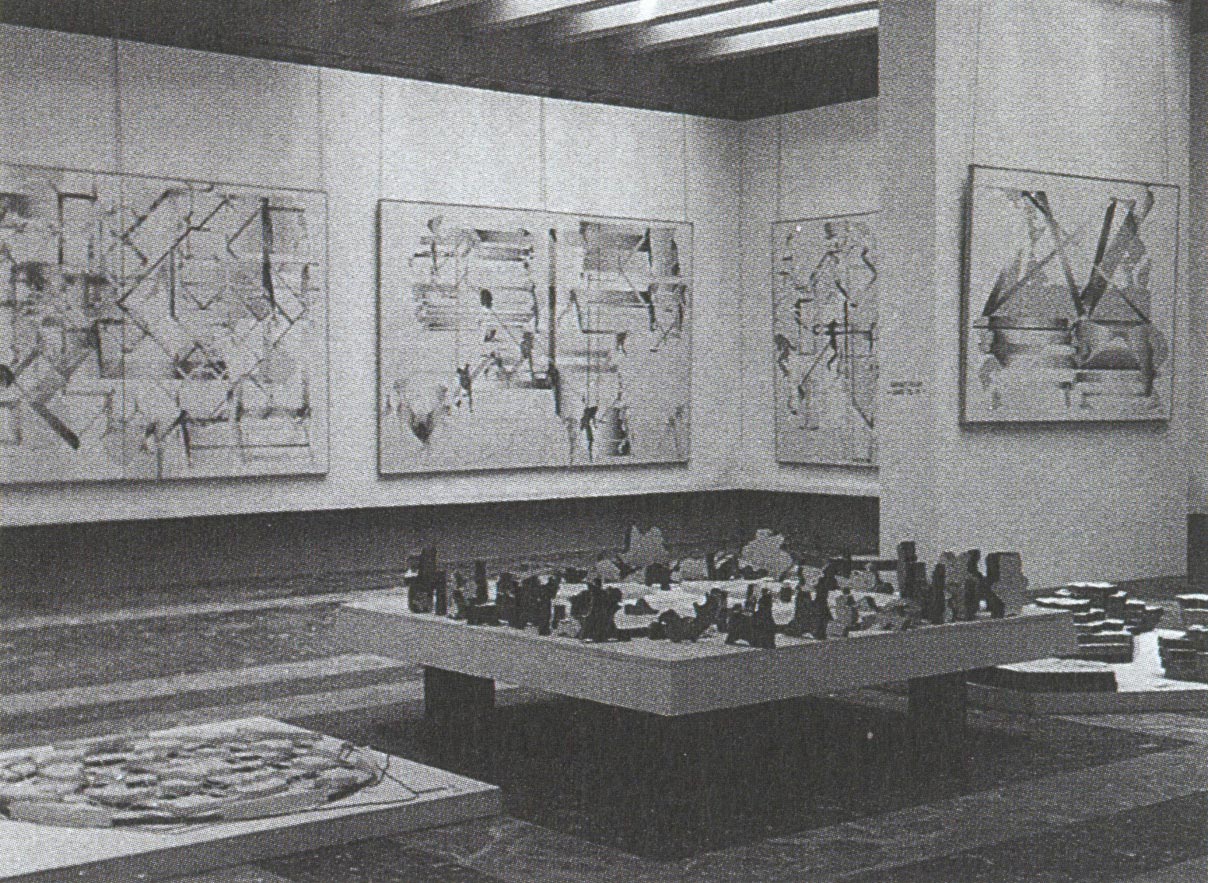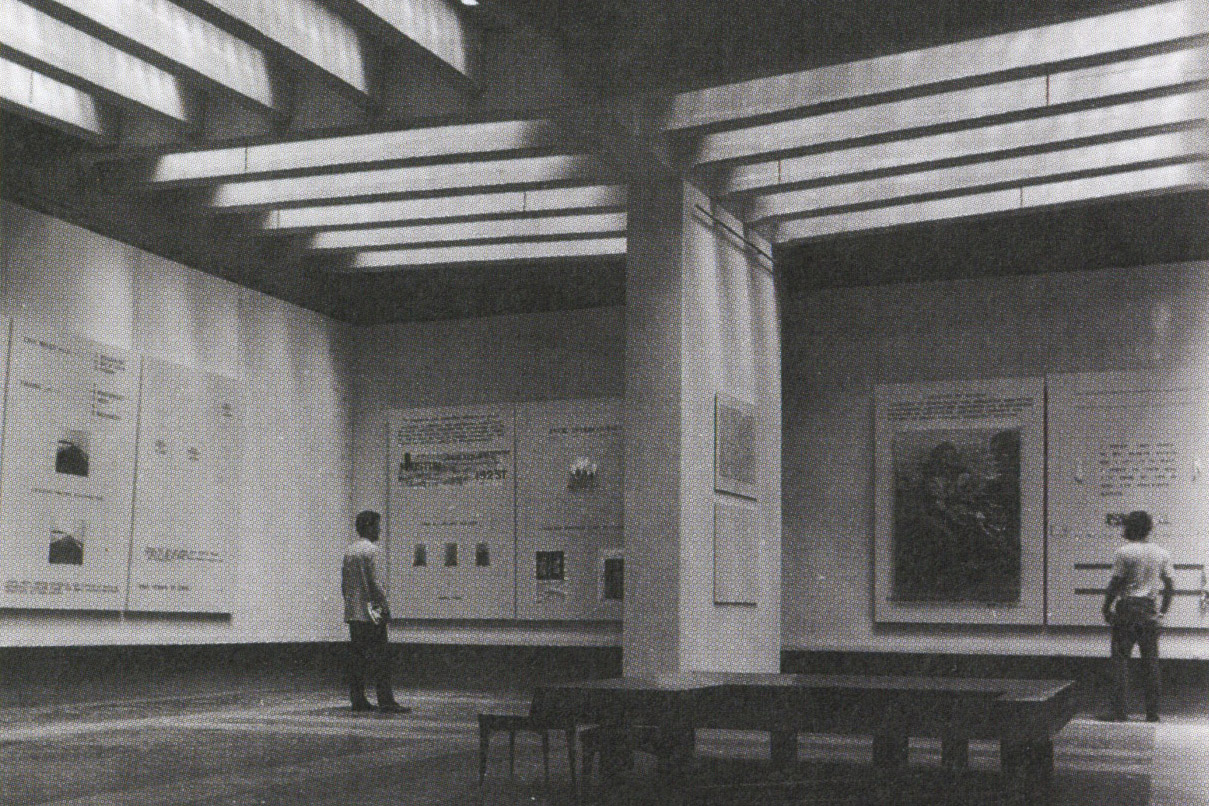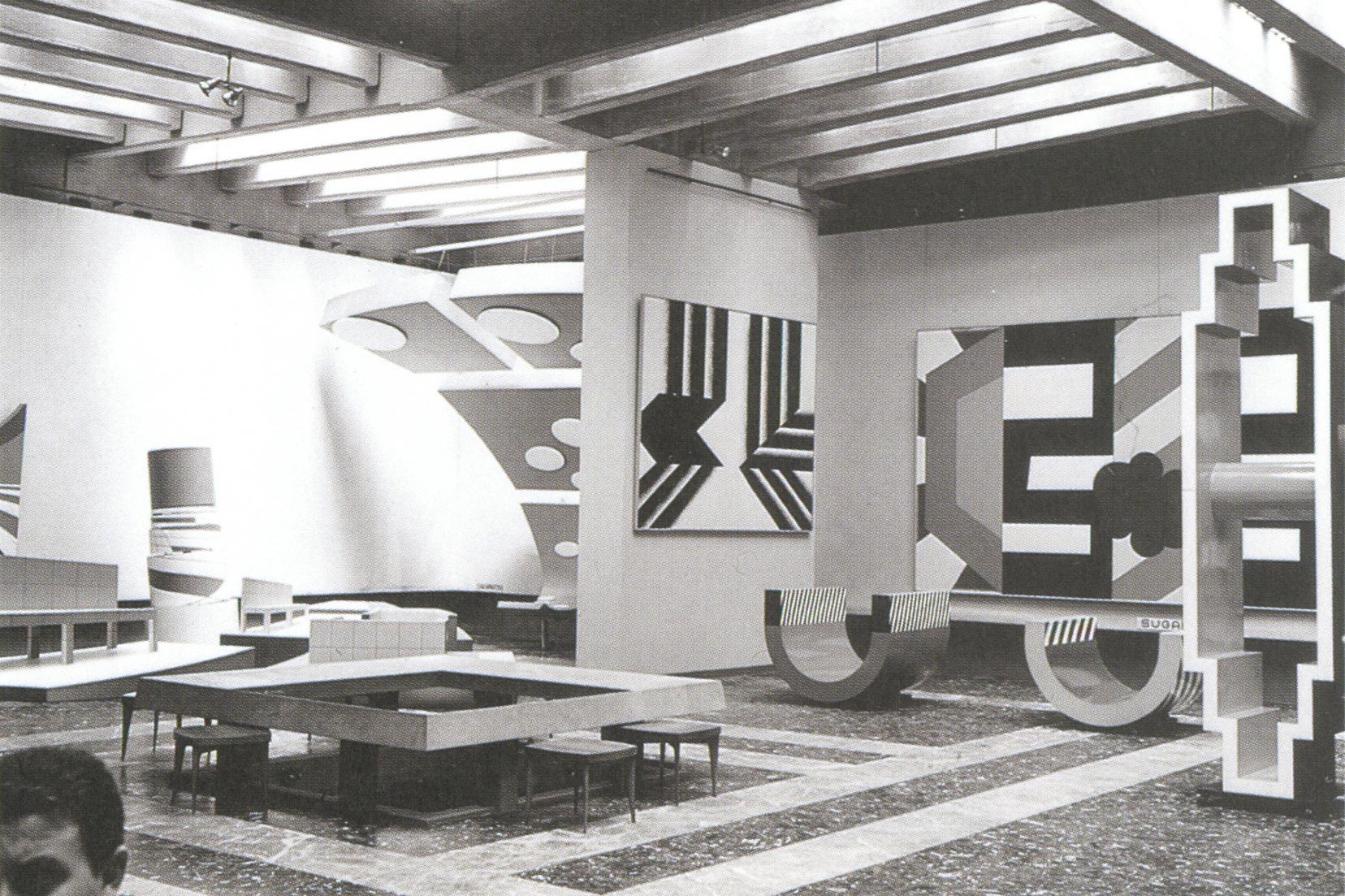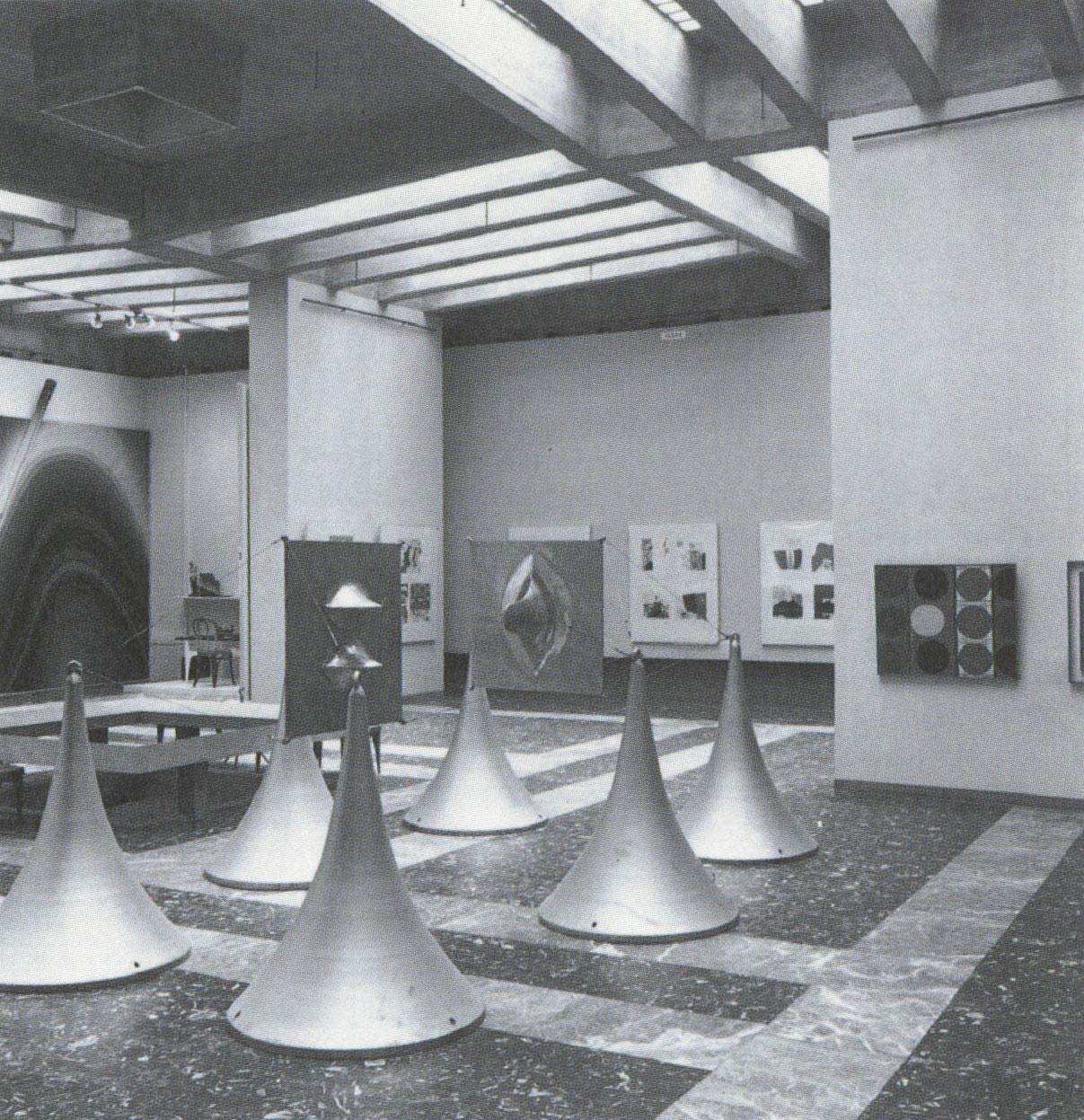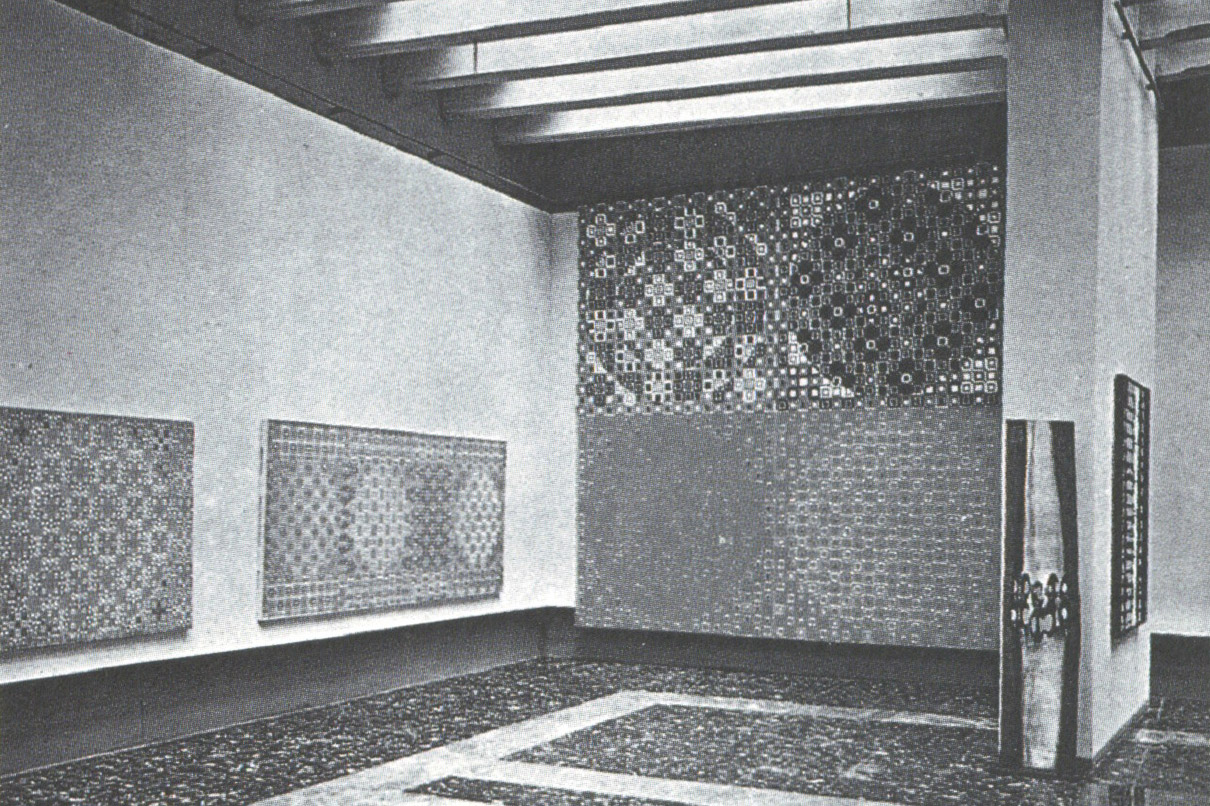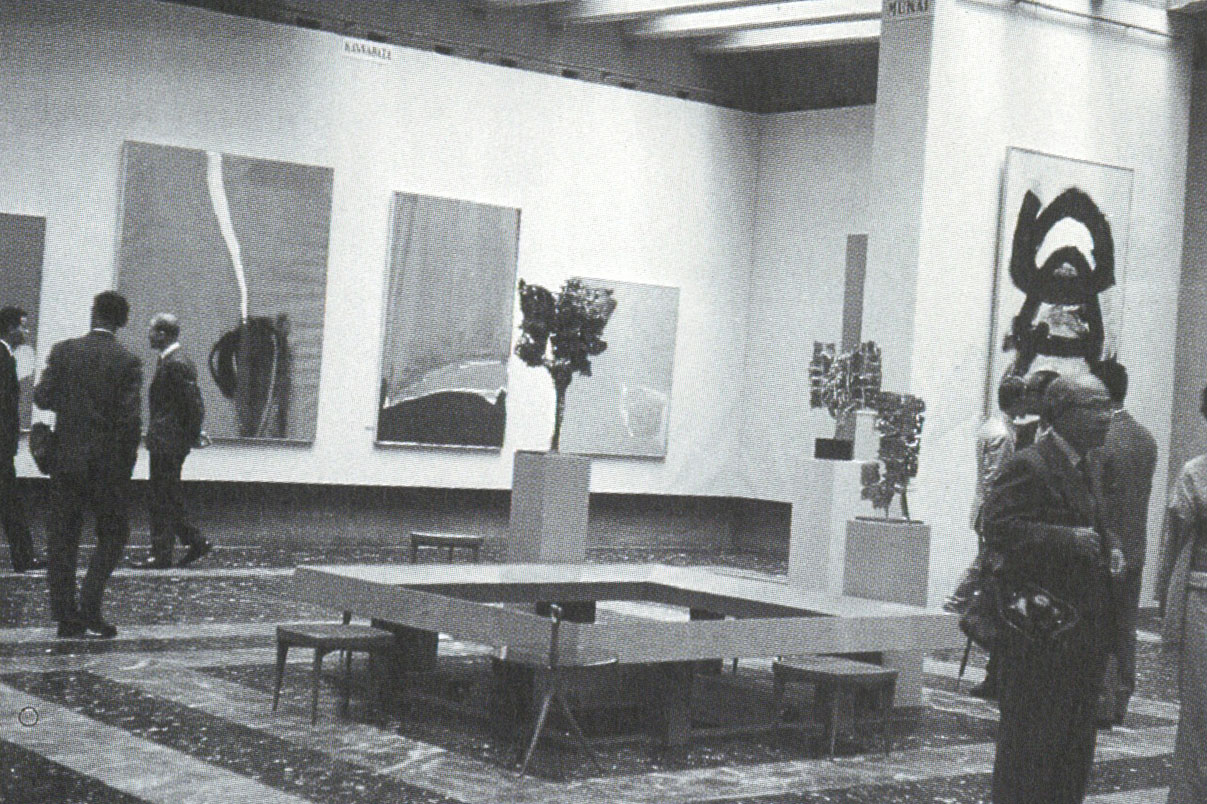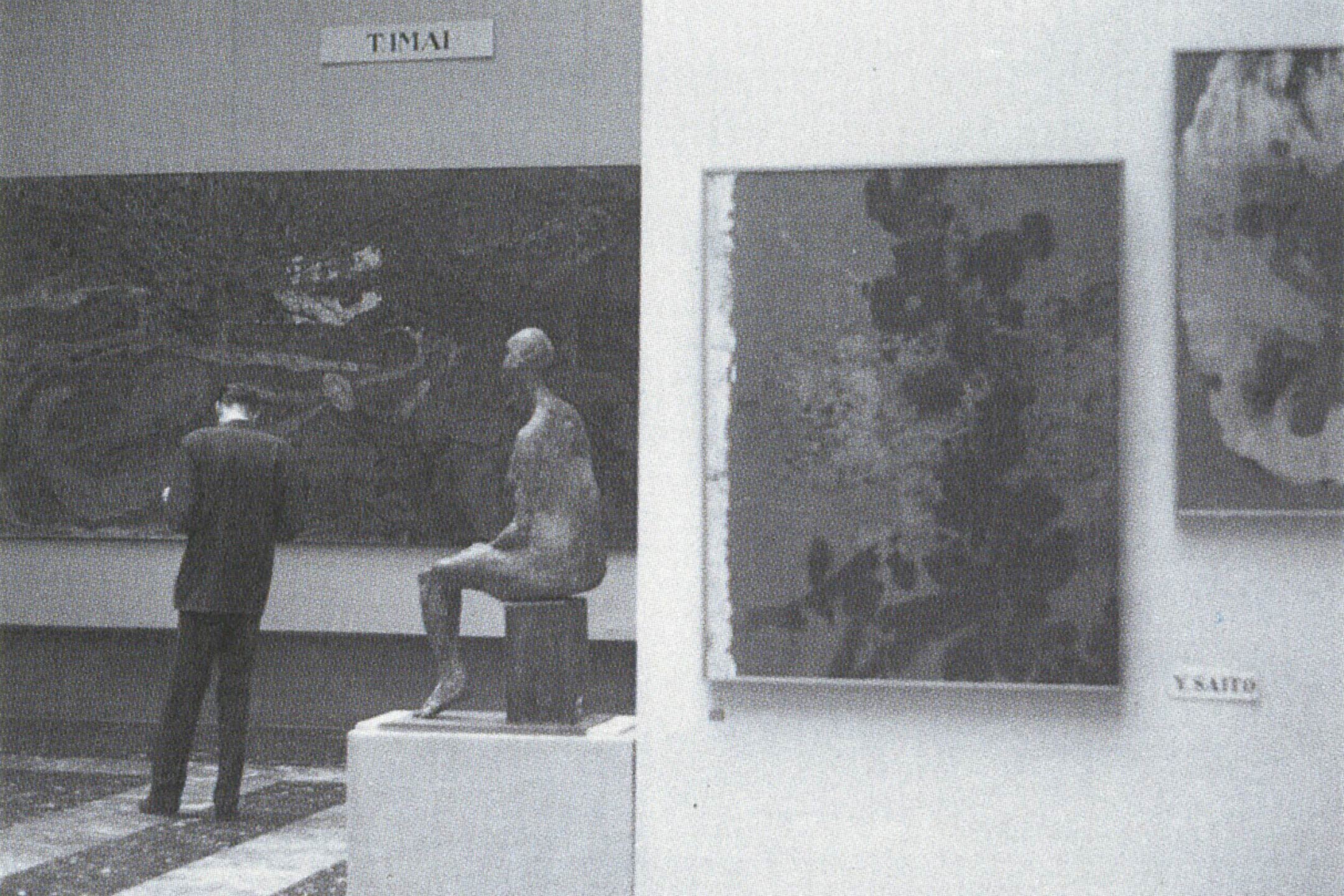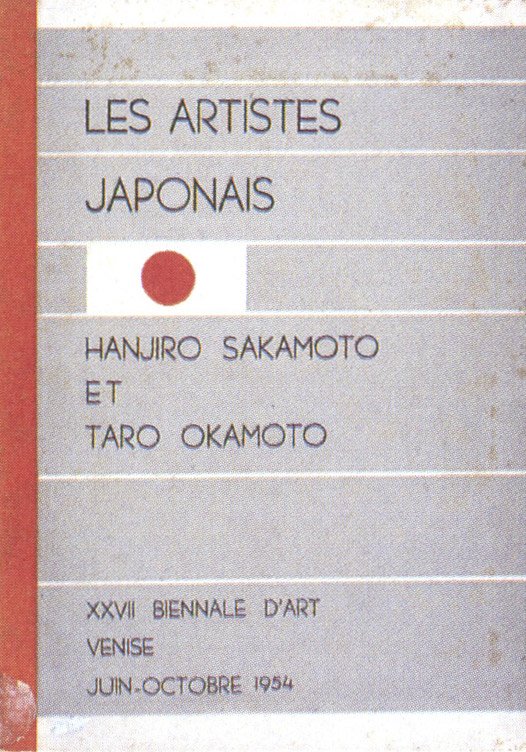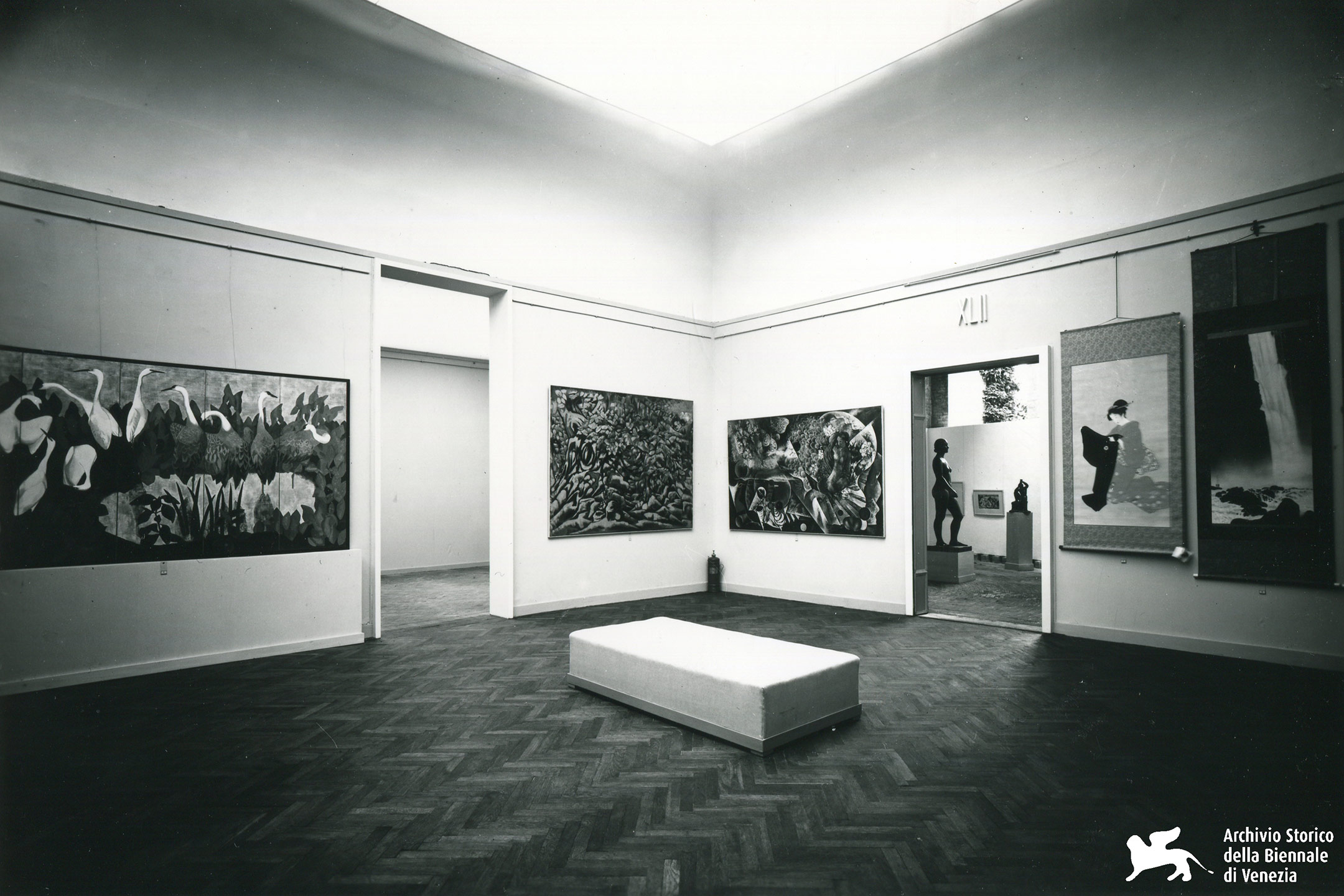Art
The Venice Biennale, which started in 1895, is an international art exhibition with the longest history in the world that continues to attract attention today as one of the most prized as prestigious of its kind. While there are said to be over 200 international art exhibitions in the world, the Venice Biennale is almost the only international exhibition that adopts a national representation format, in which participating countries own a permanent pavilion in the Biennale Gardens, and use these as venues to exhibit the works of their nation’s artists at their own expense. Due to this participation format with similarities to the method of 19th century world expositions, and its established award system, it is often described as “the Olympics of the art world.” The award system was temporarily abolished in 1970 as a result of heated competition between leading participating countries over the receipt of this prestigious honor, yet was later taken up again in 1986. The Biennale Foundation announced that on the occasion of the 58th exhibition in 2019 in which 90 countries took part, 24,000 art-related personnel gathered at the opening alone, with 593,000 visitors having attended during the exhibition period. Japan officially participated in the biennale for the first time in 1952, and built the Japan Pavilion in 1956. Since 1976, the Japan Foundation has served as the organizer and commissioner of the Japan Pavilion, and each time engages in presenting an exhibition of works by a representing Japanese artist.
